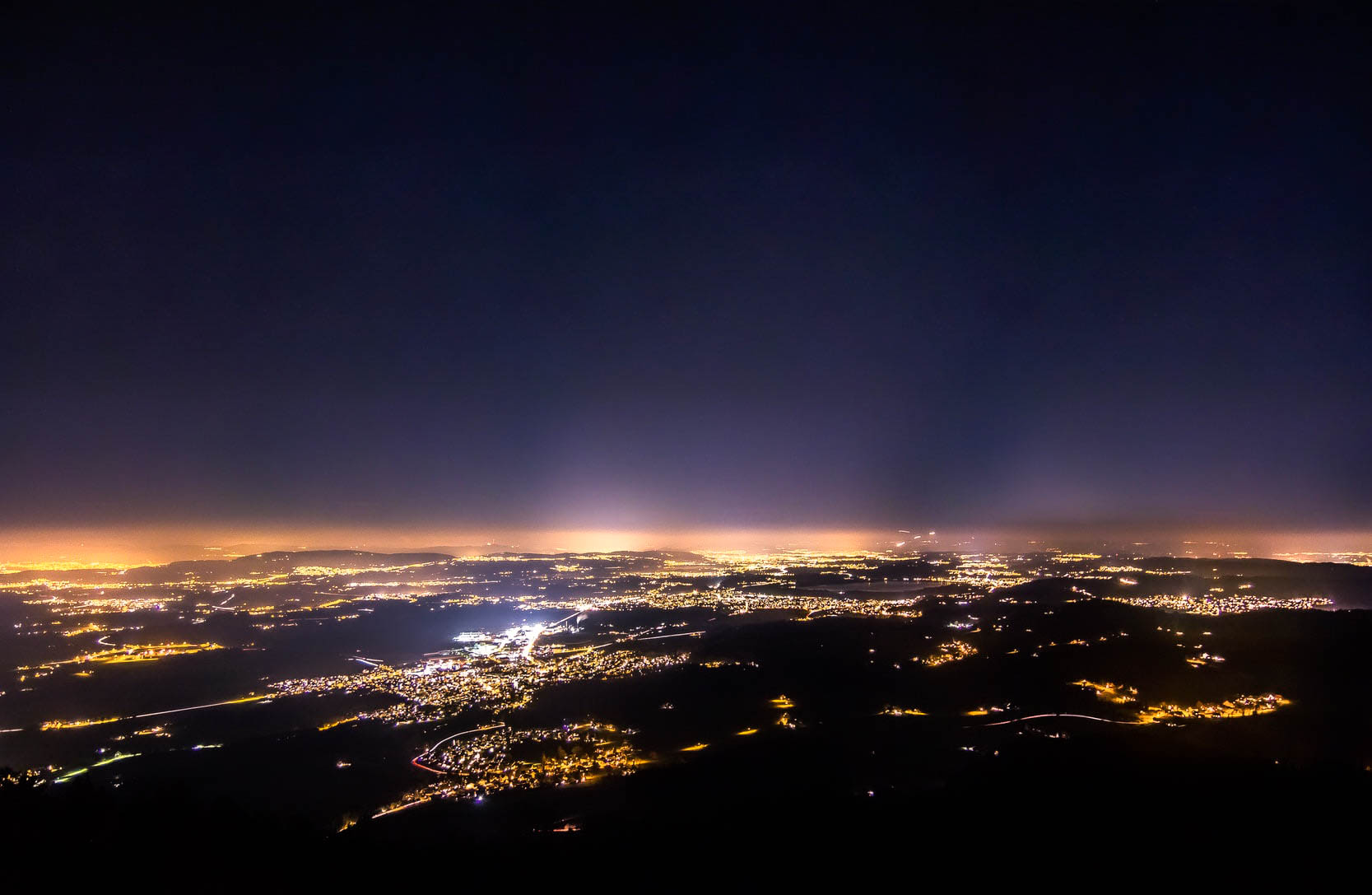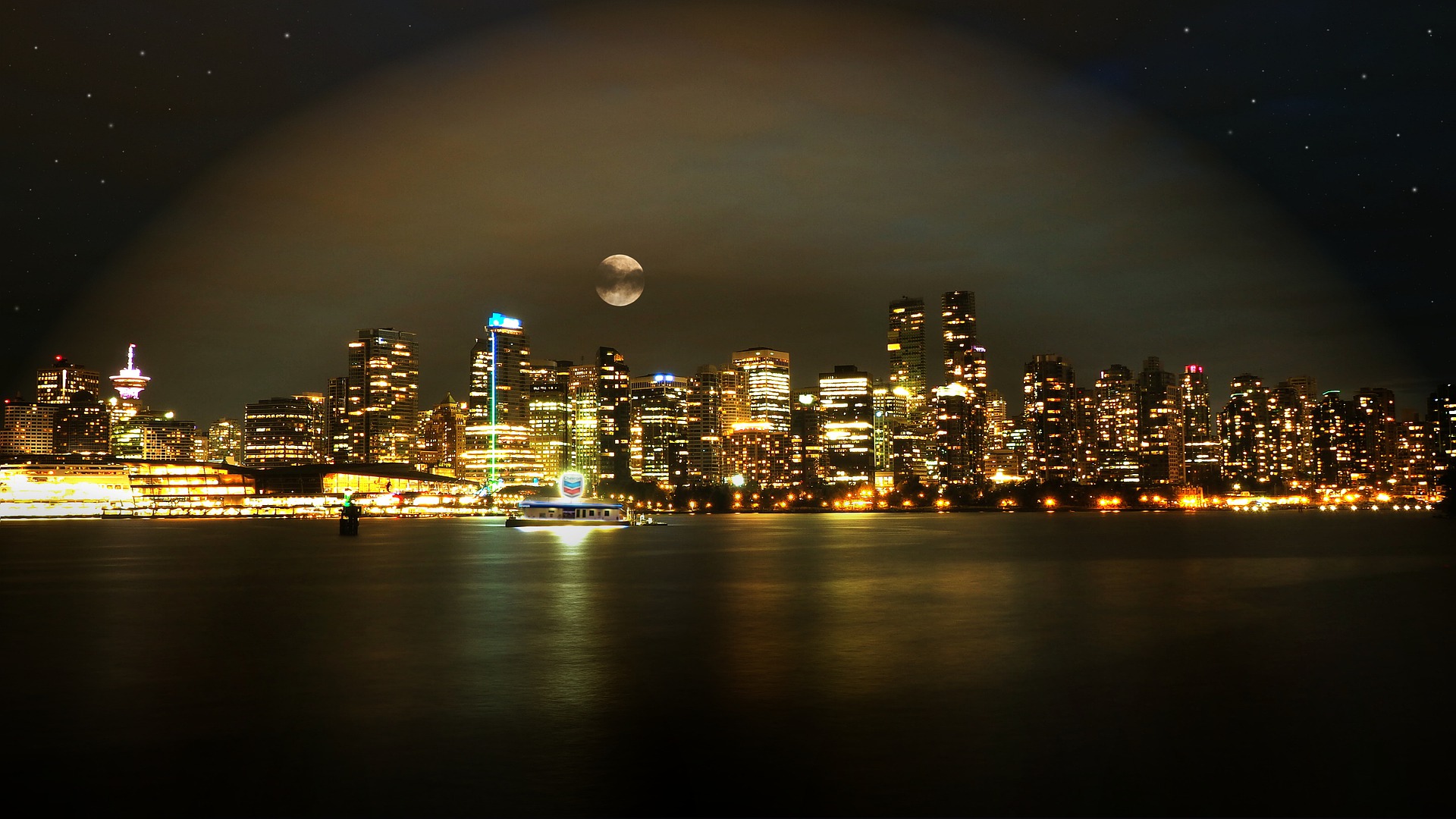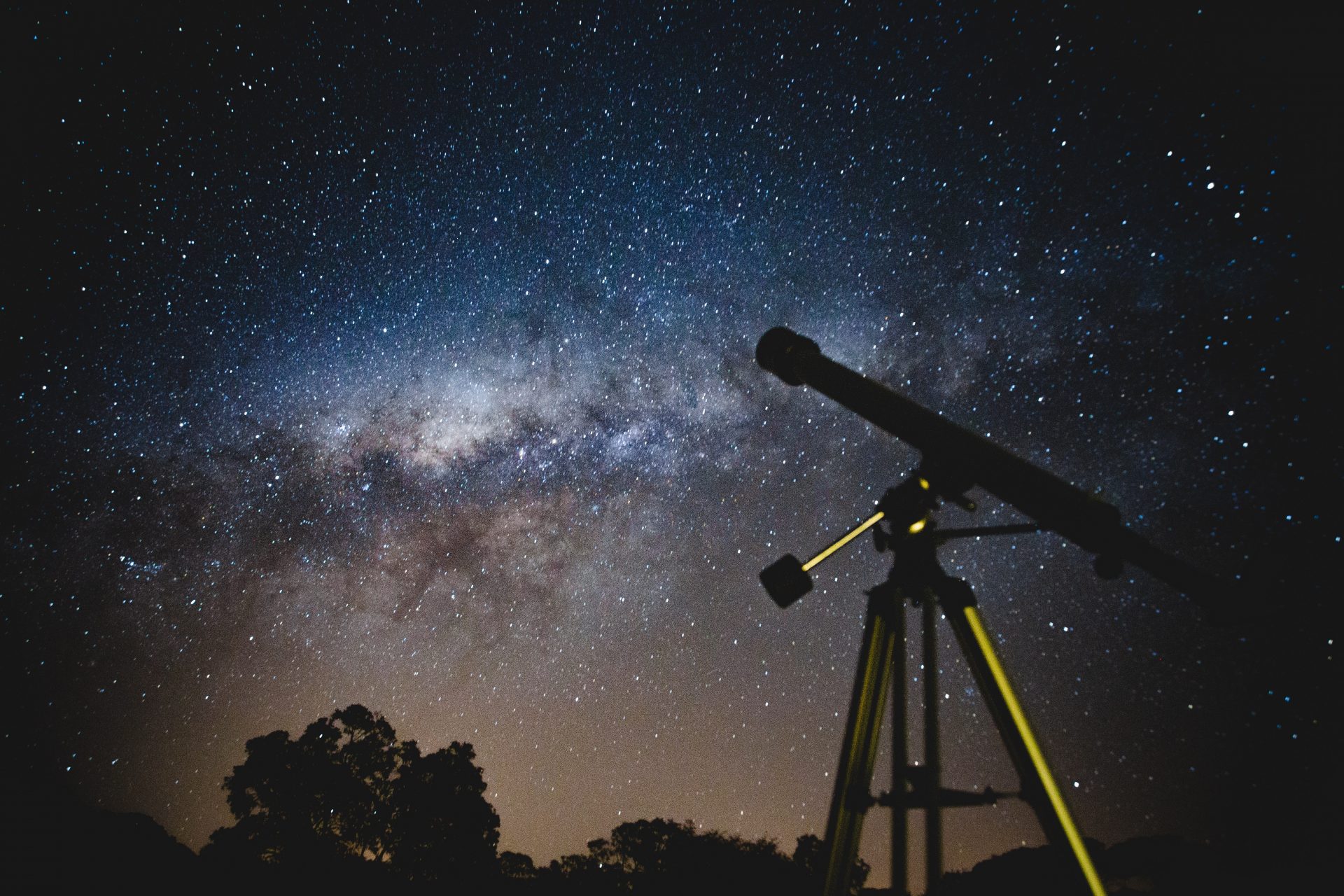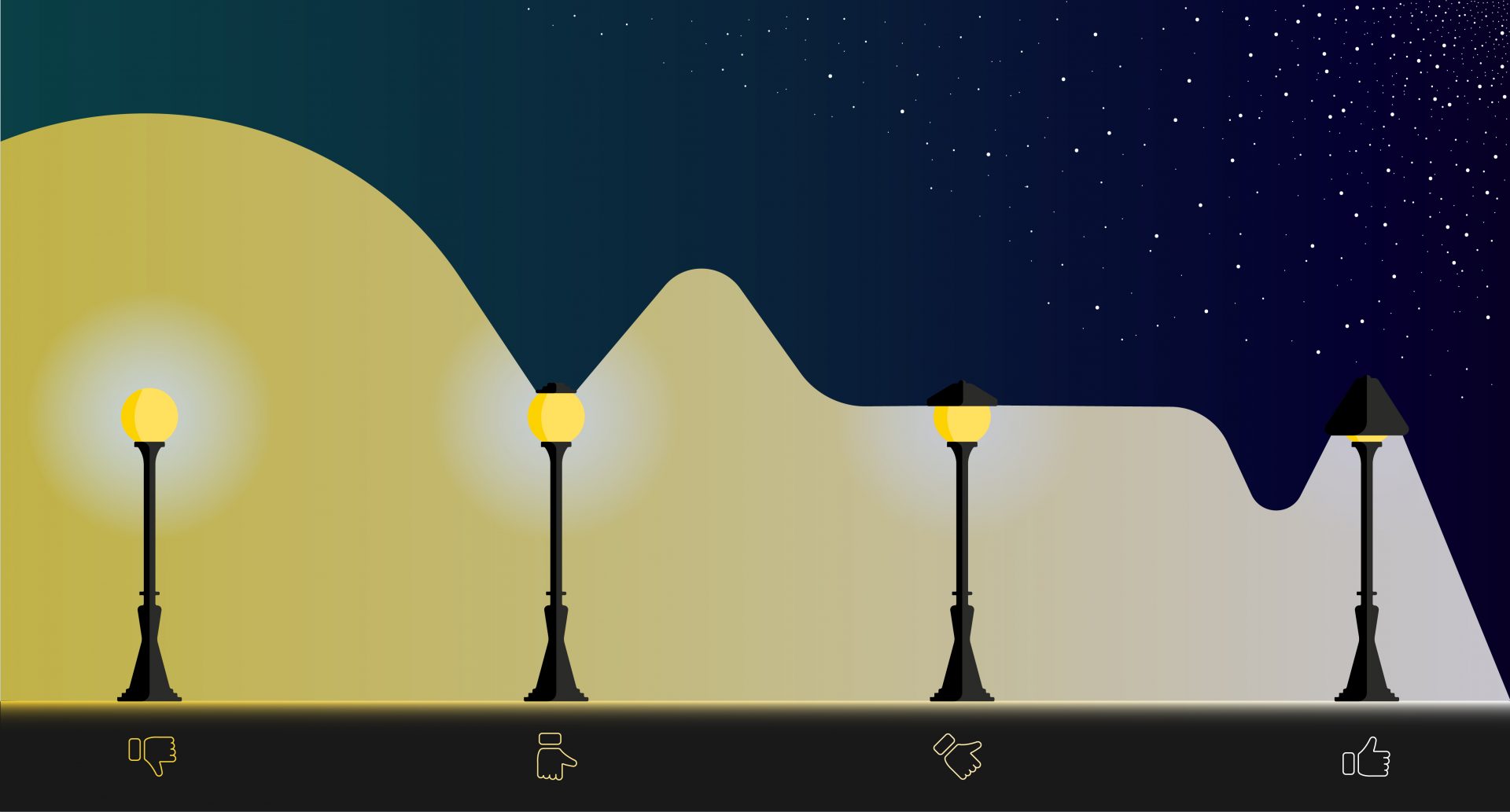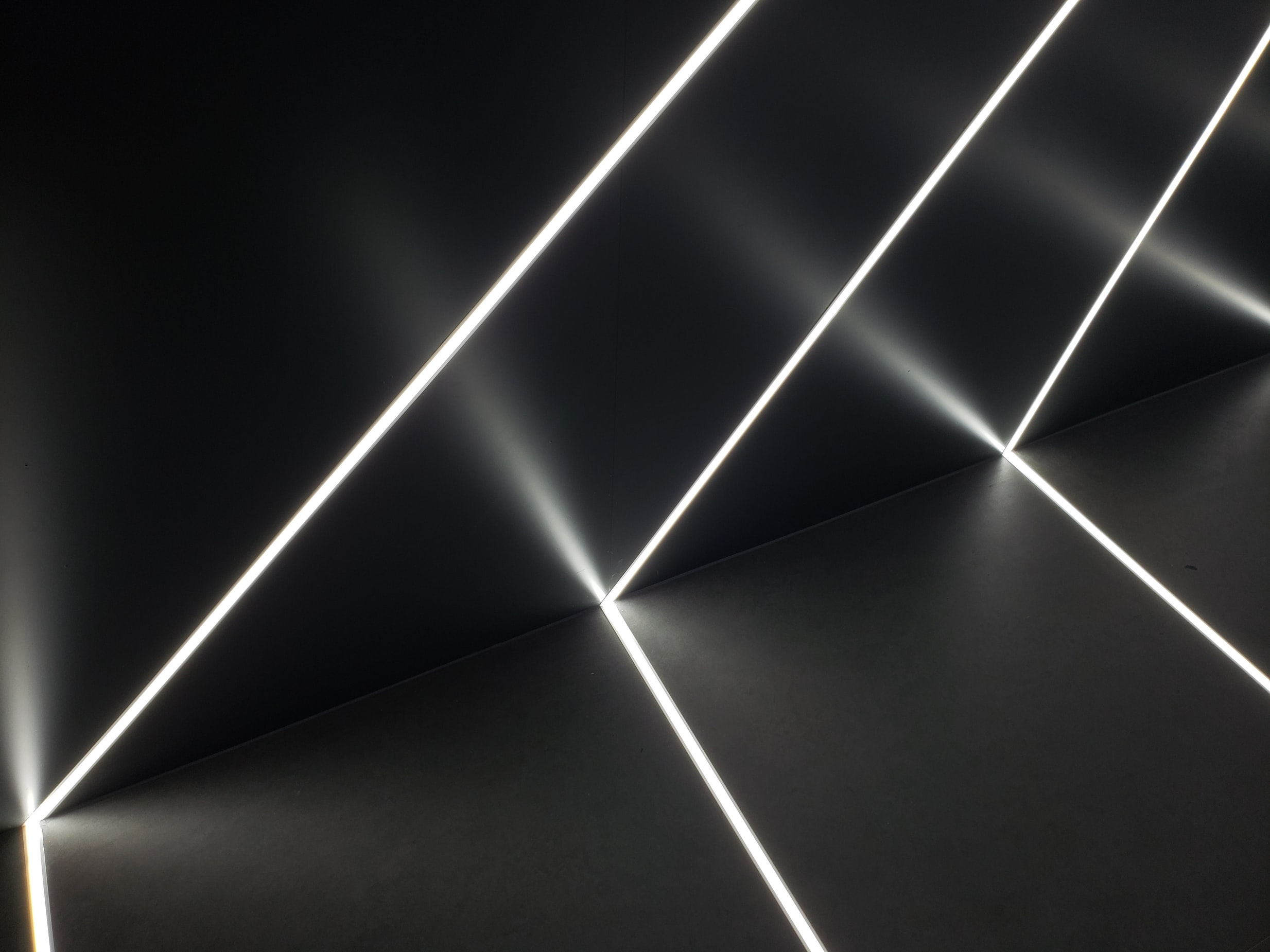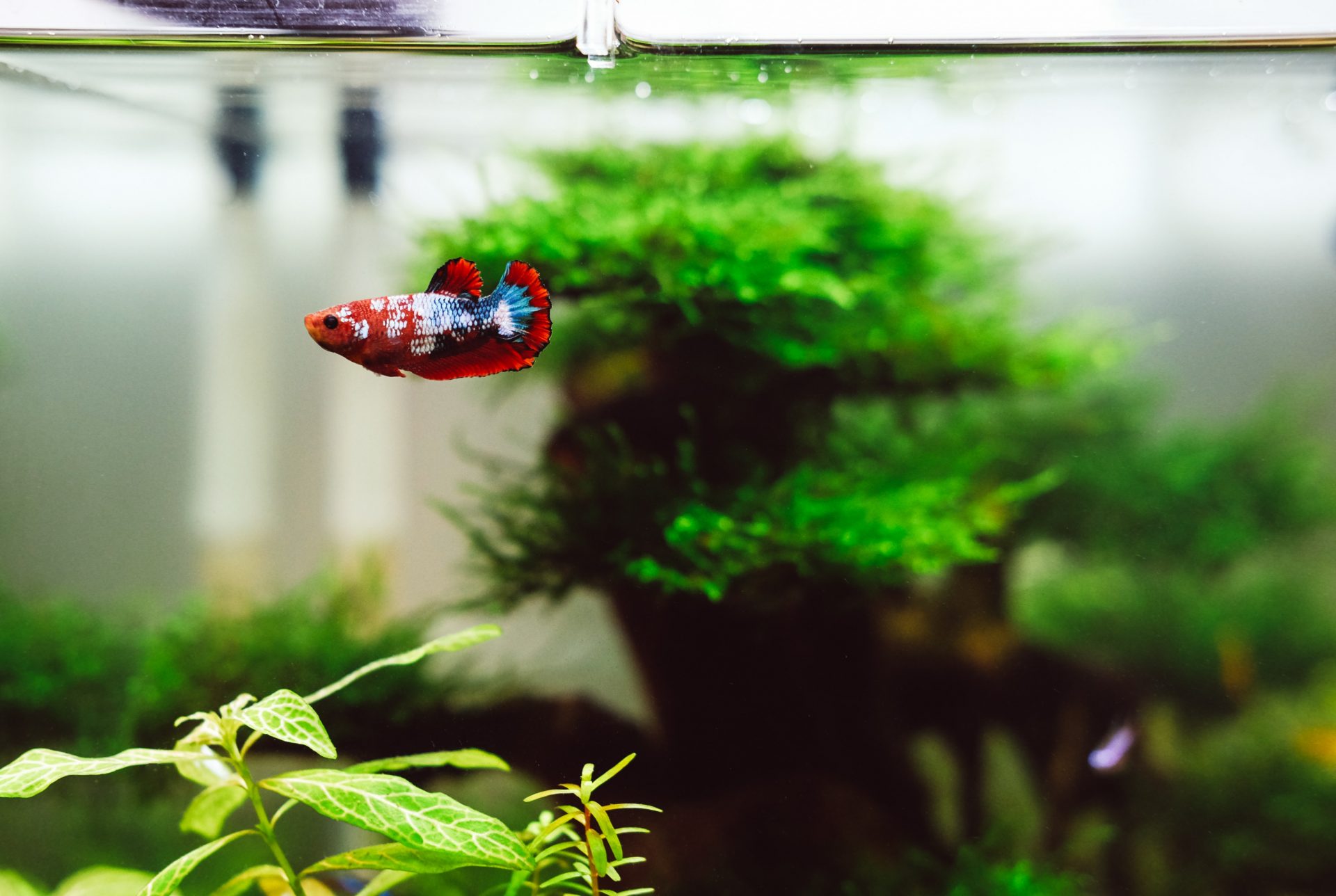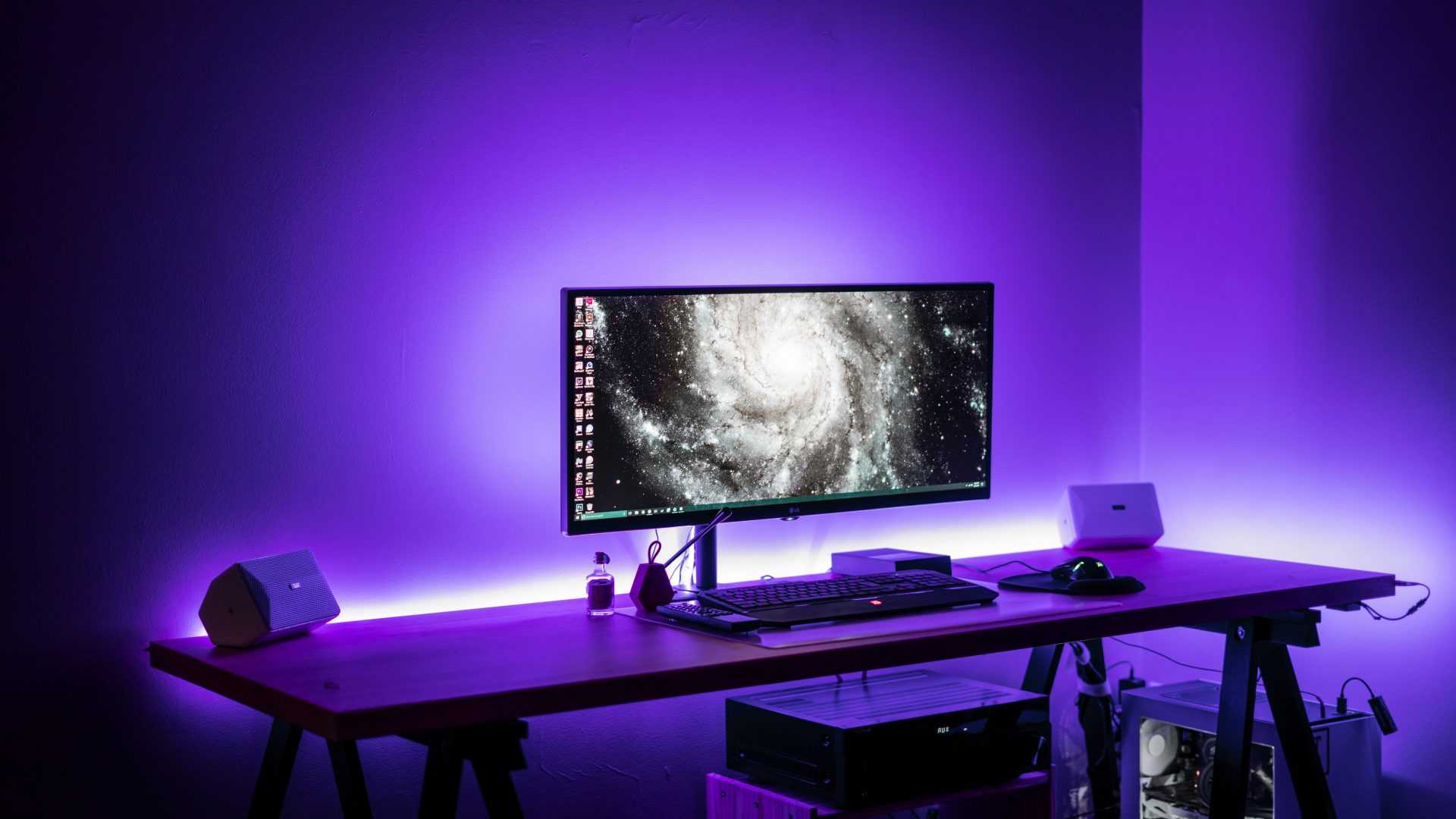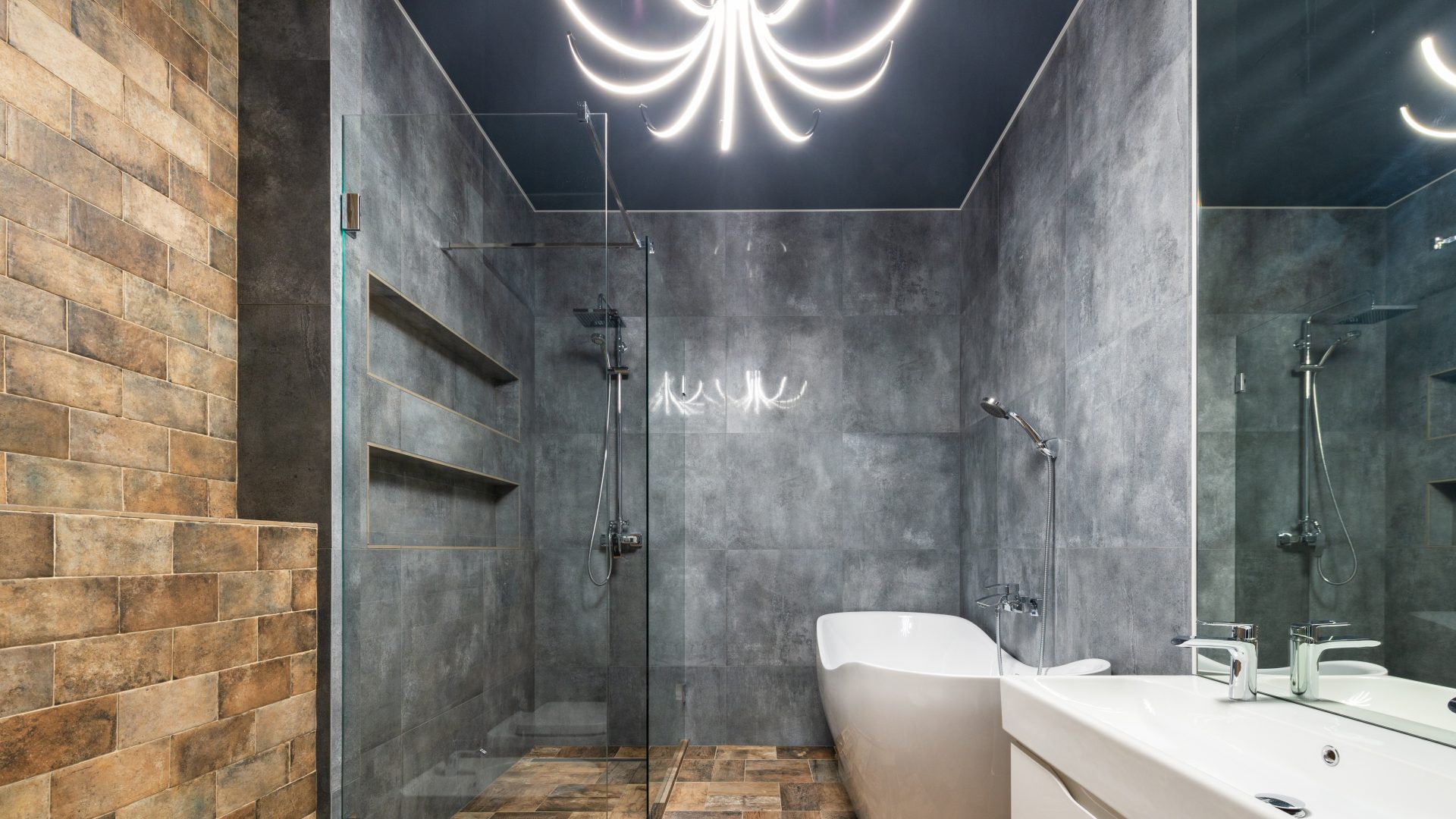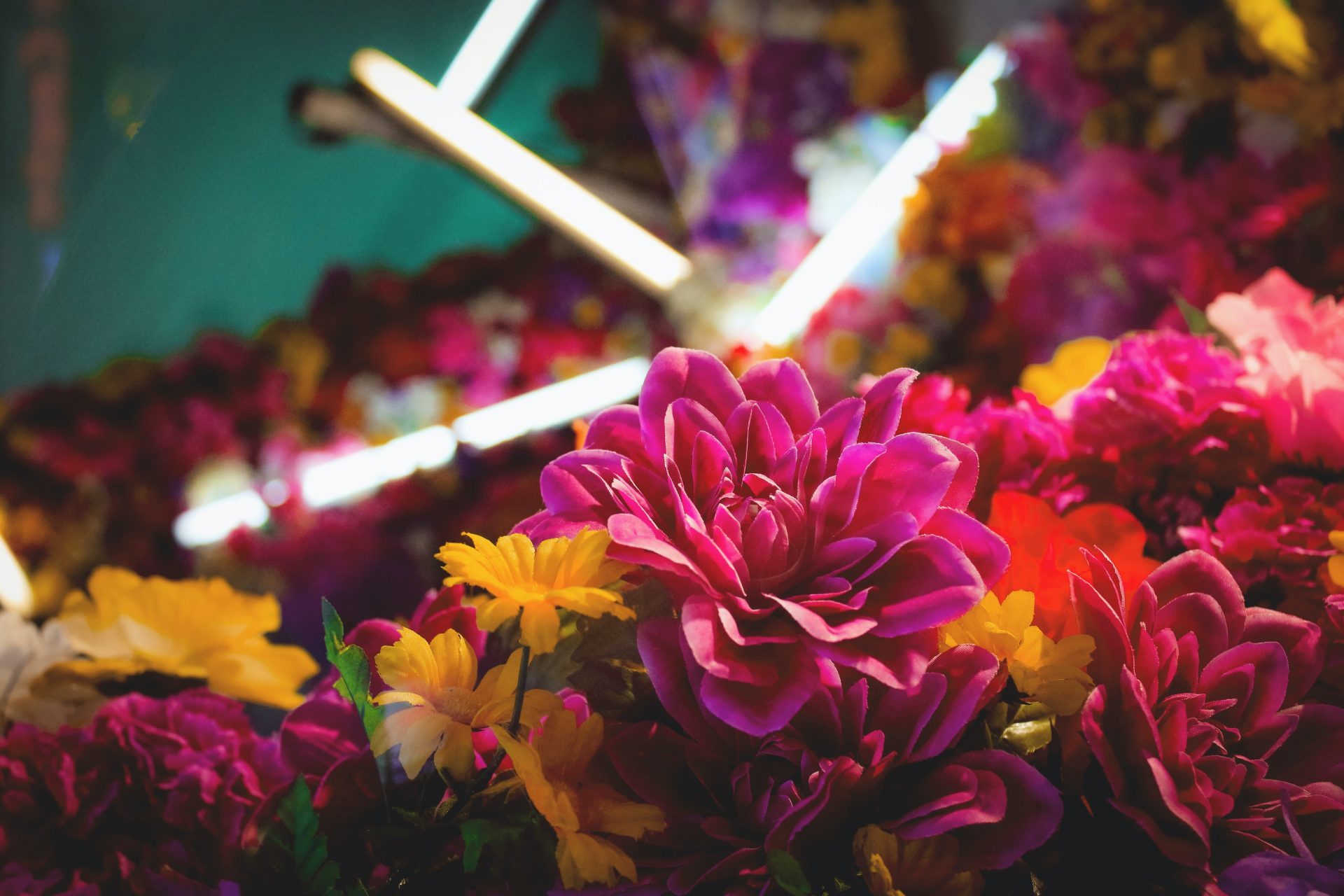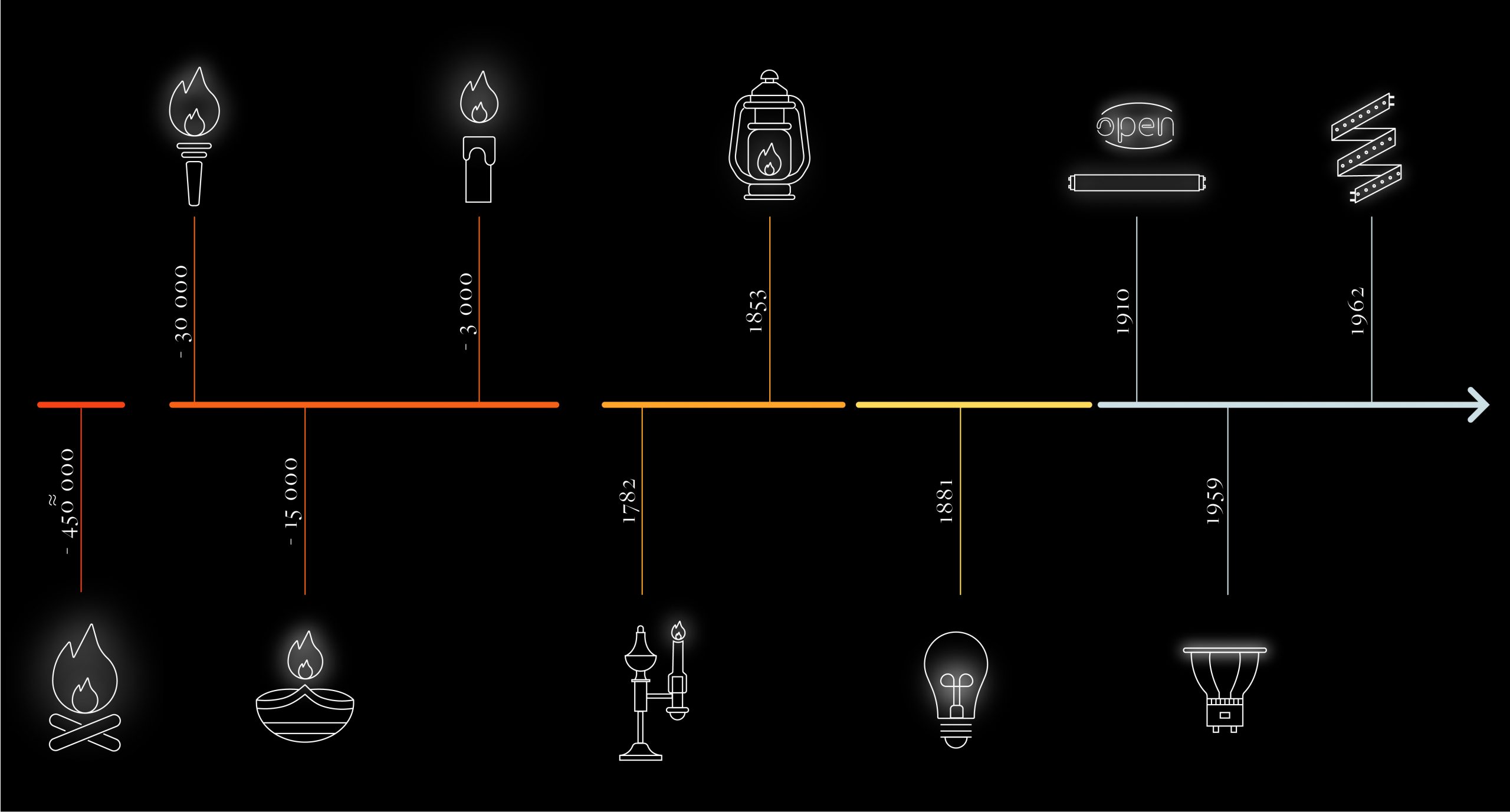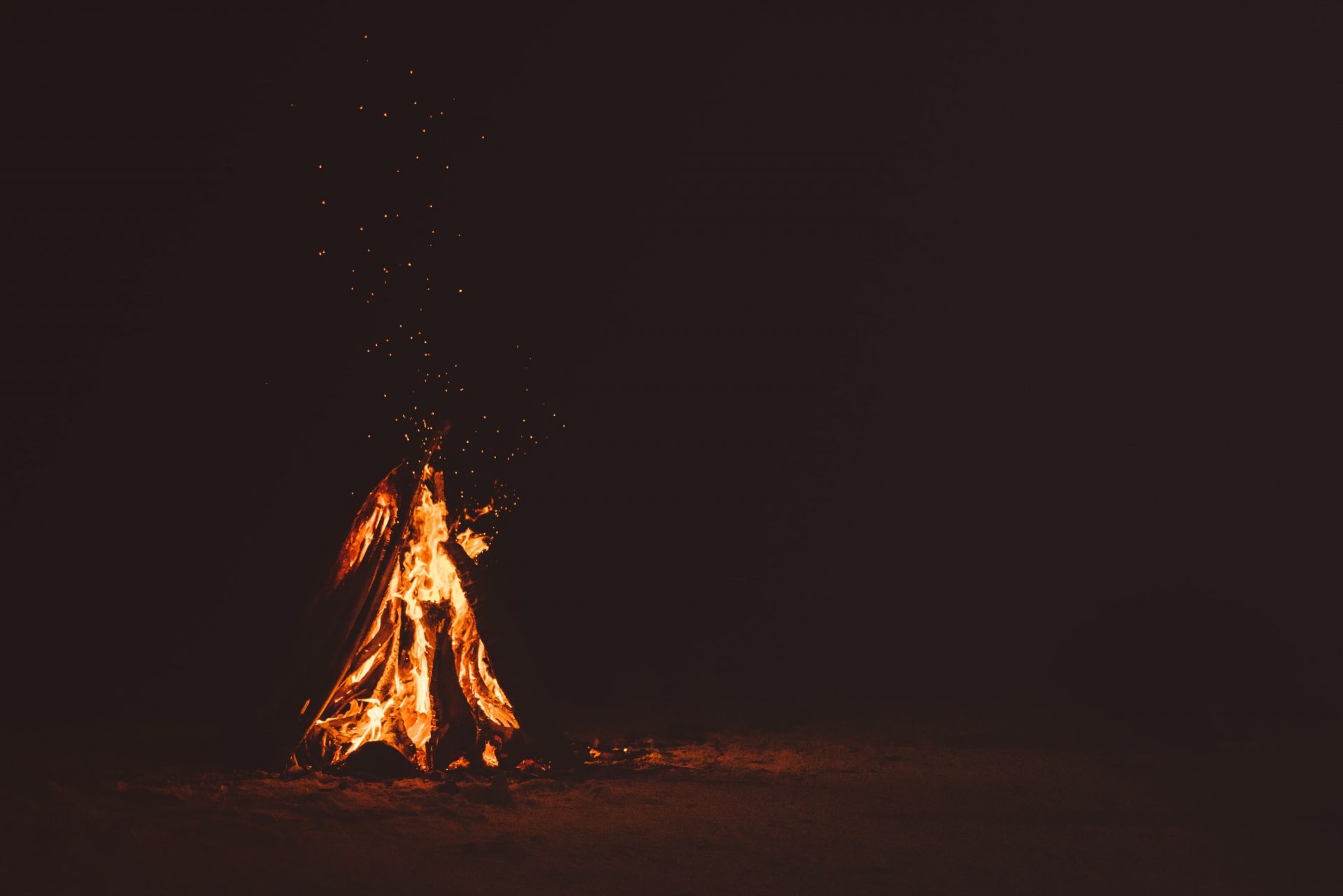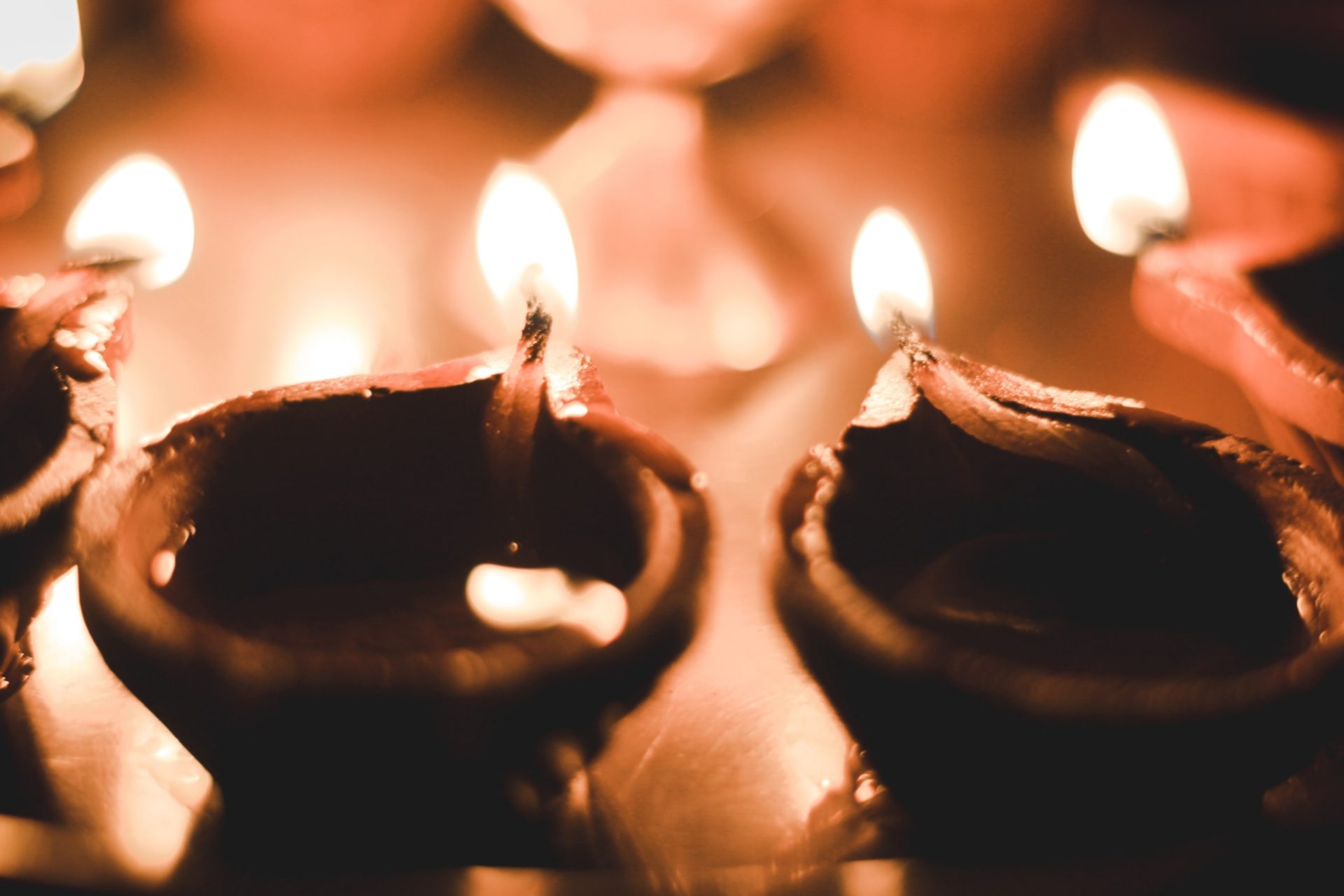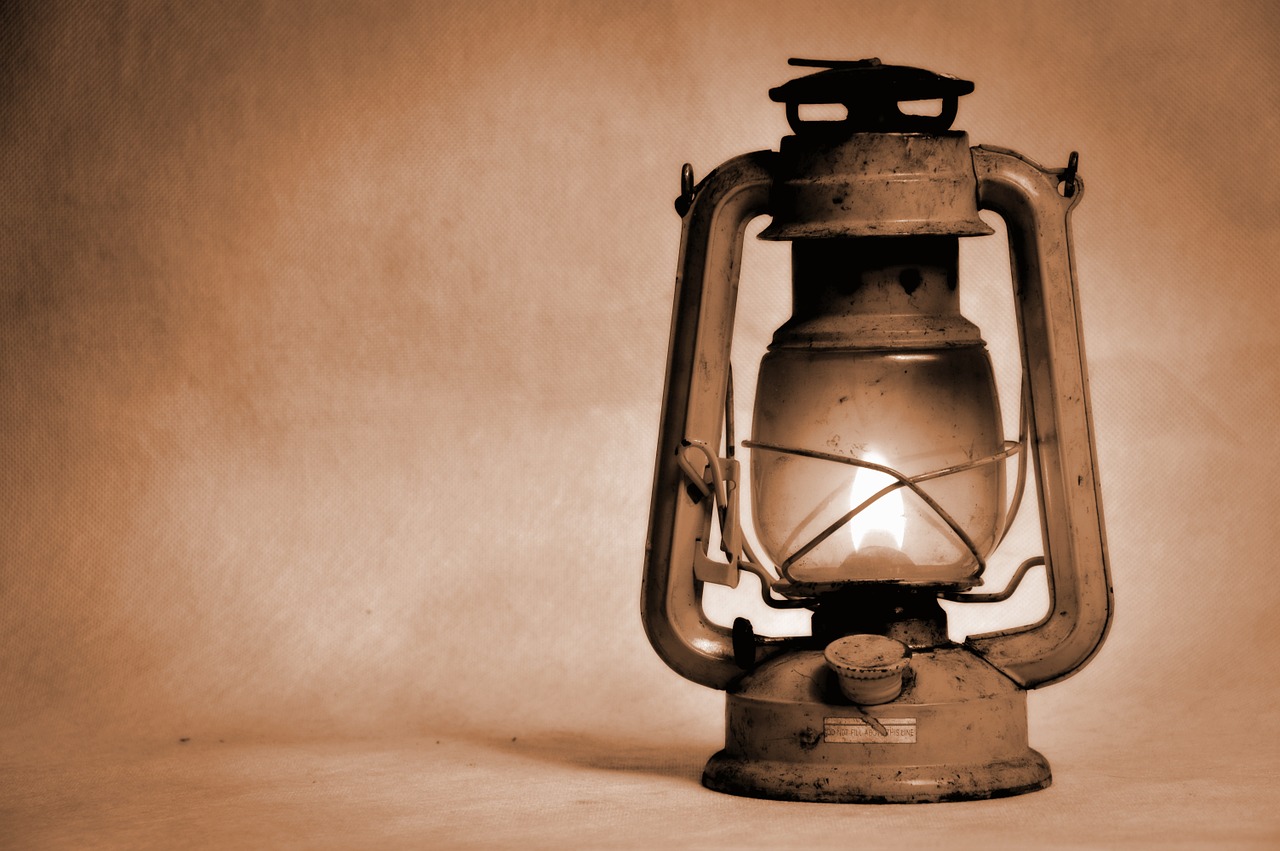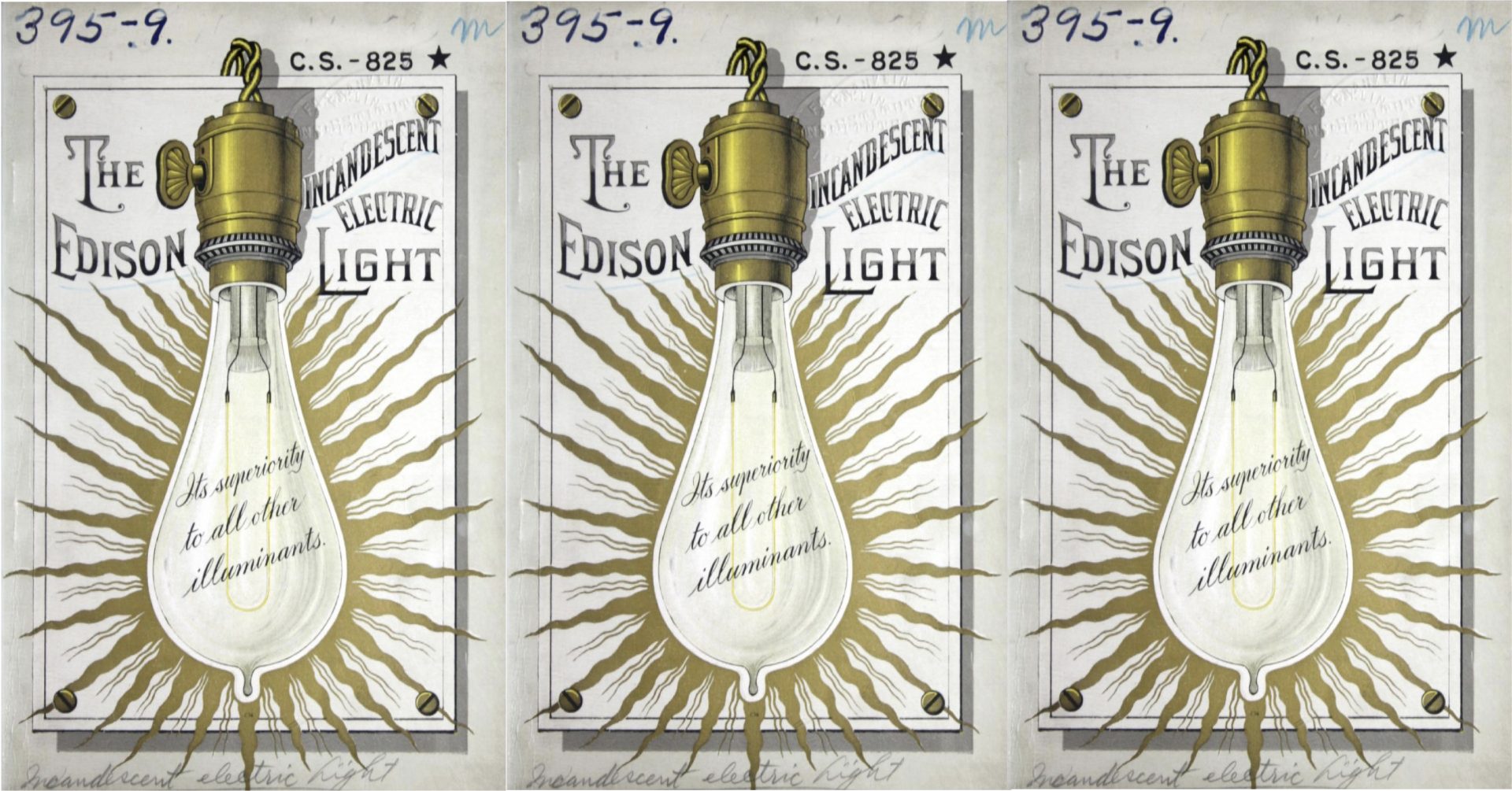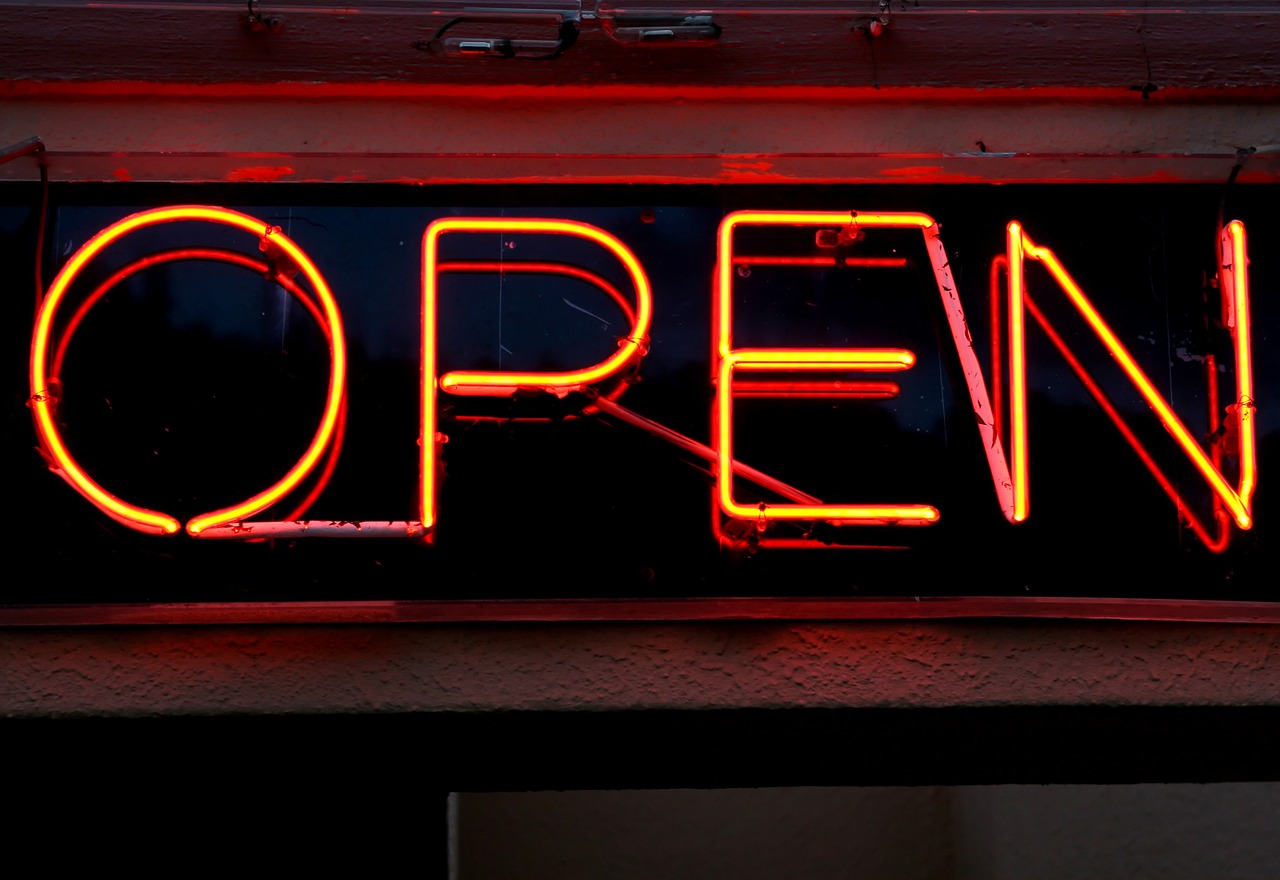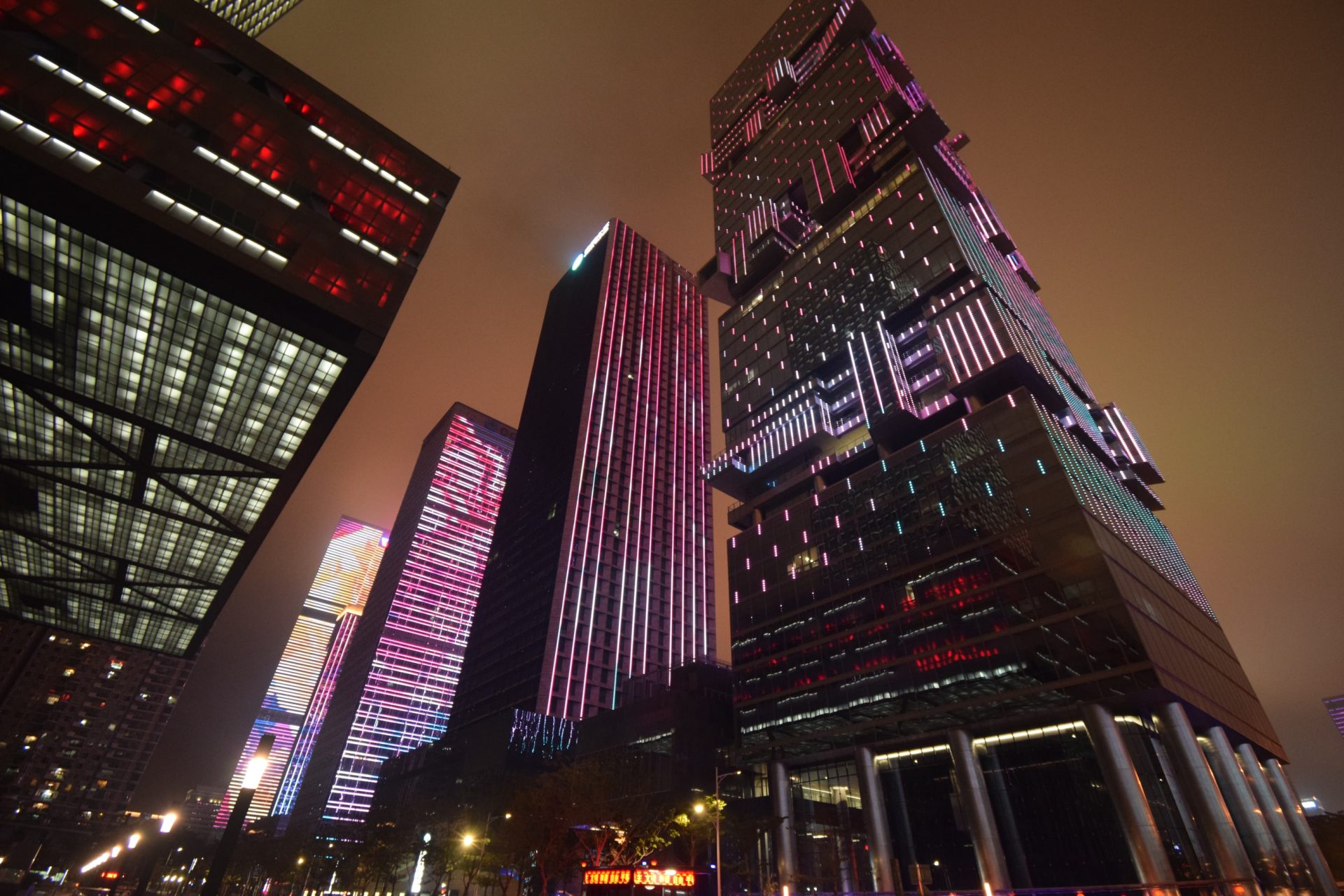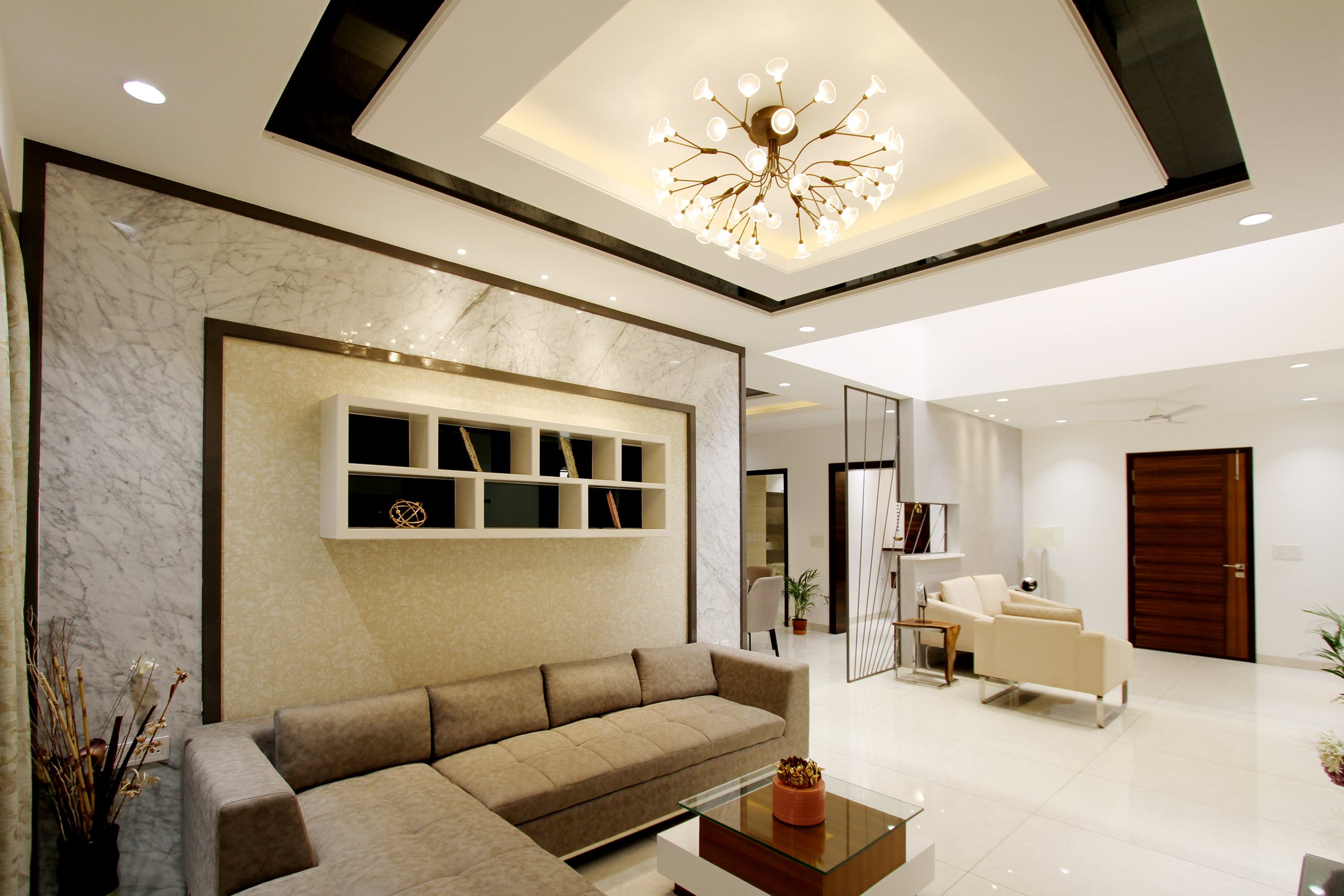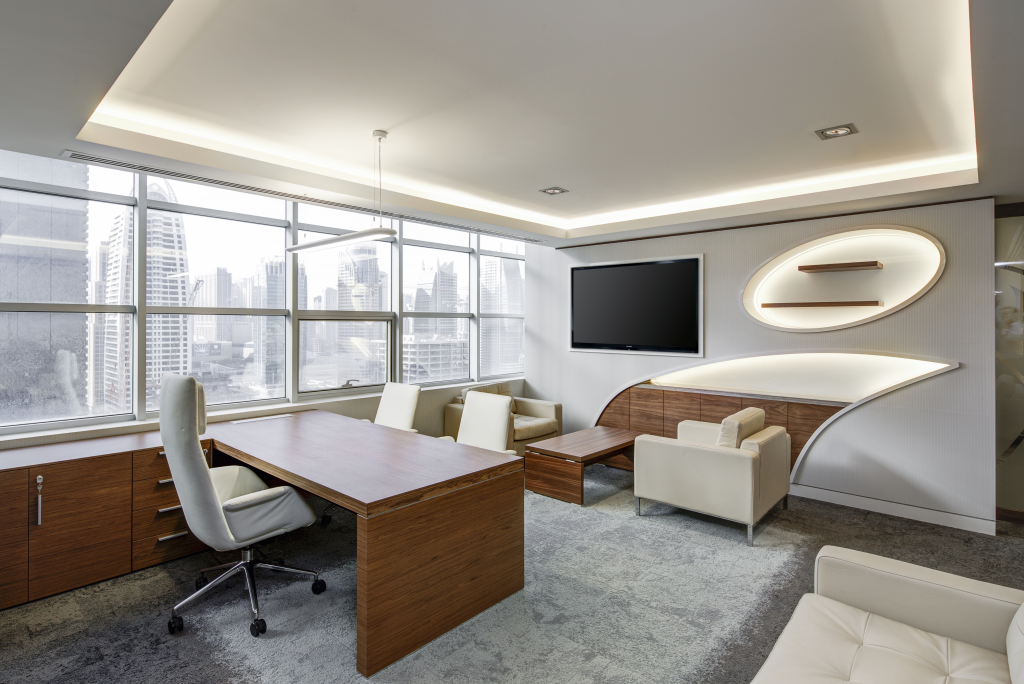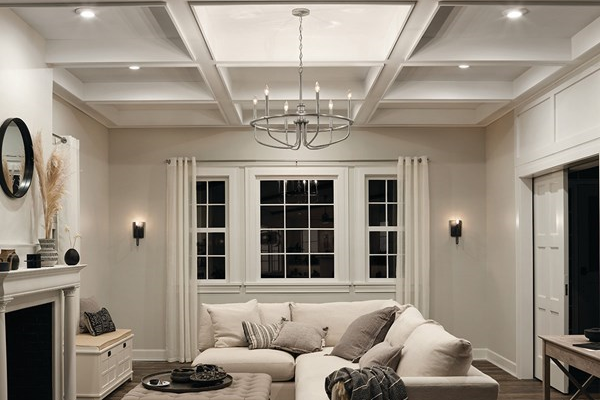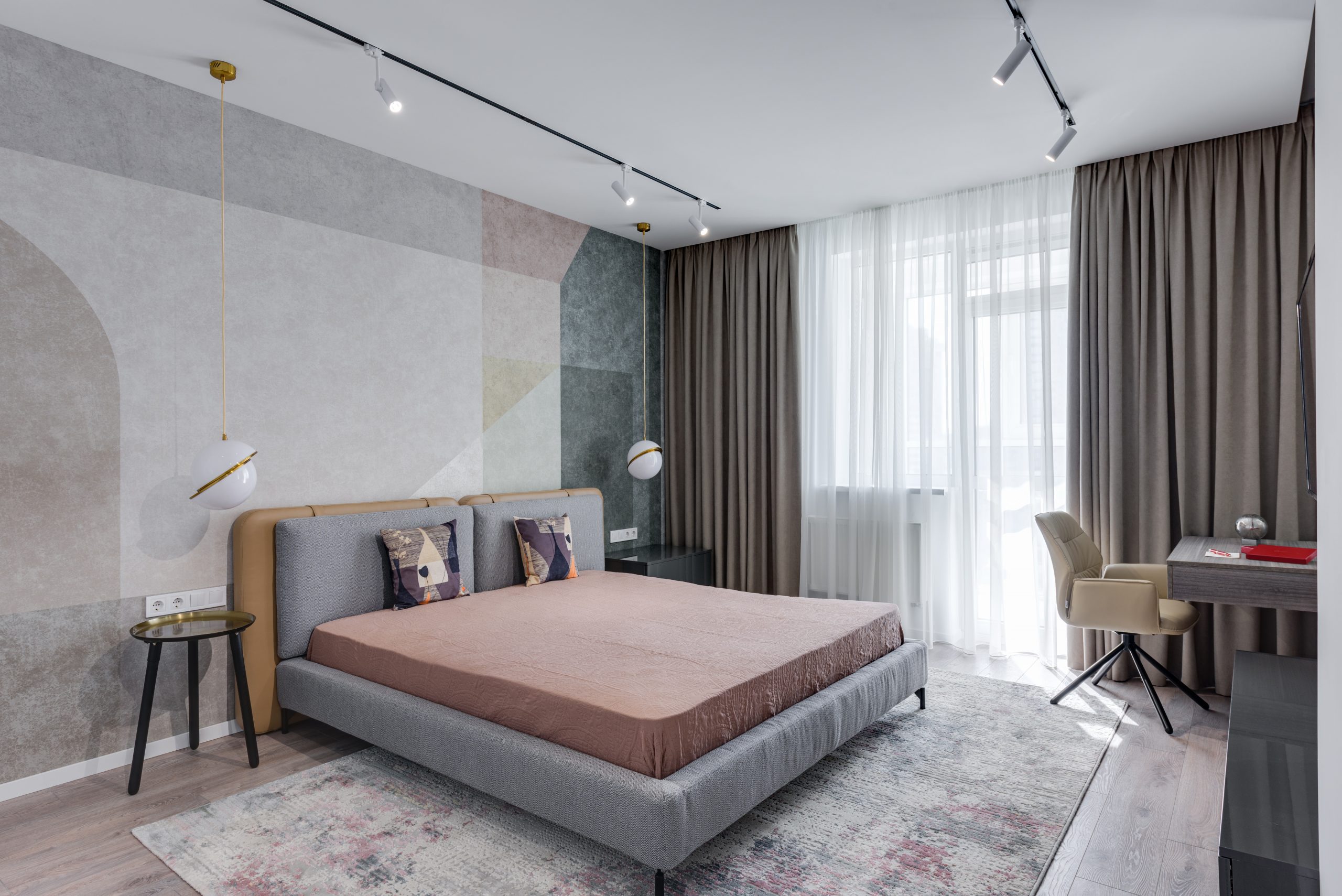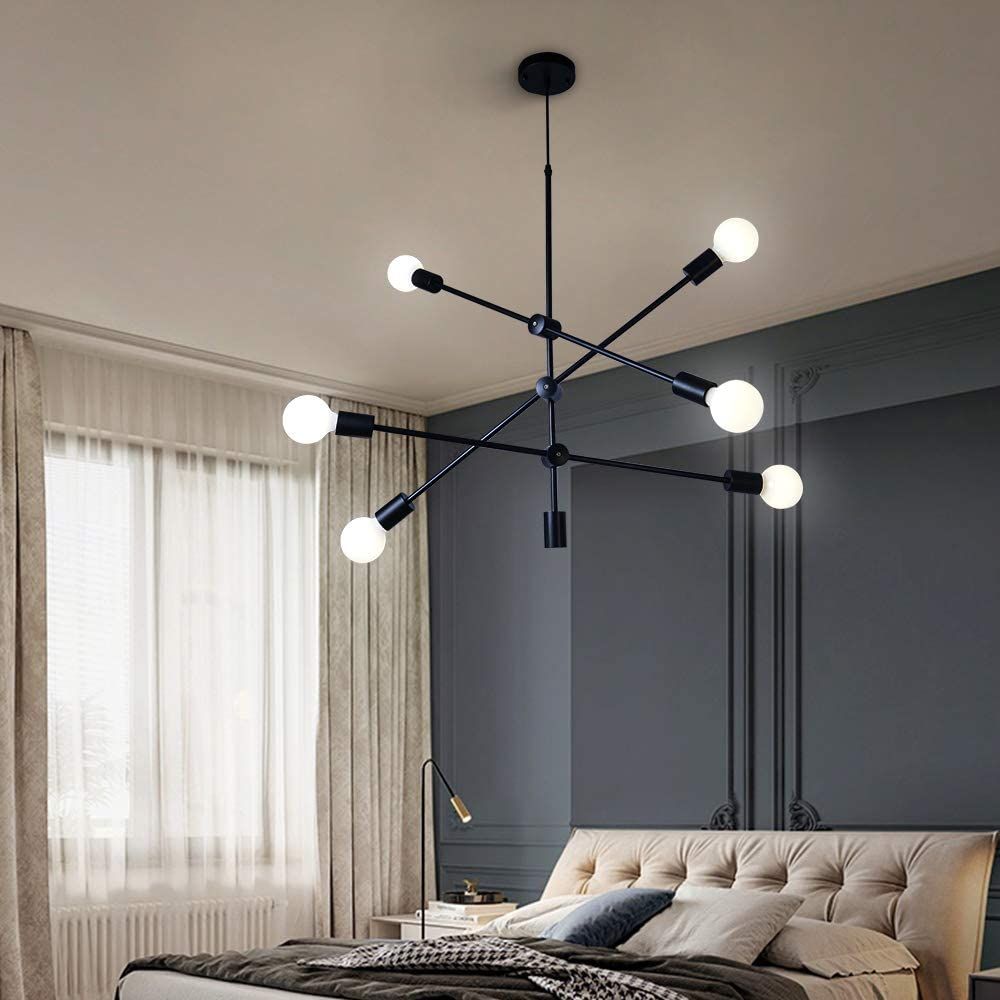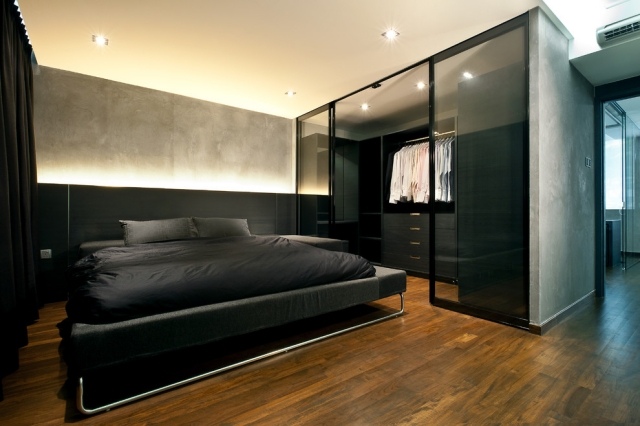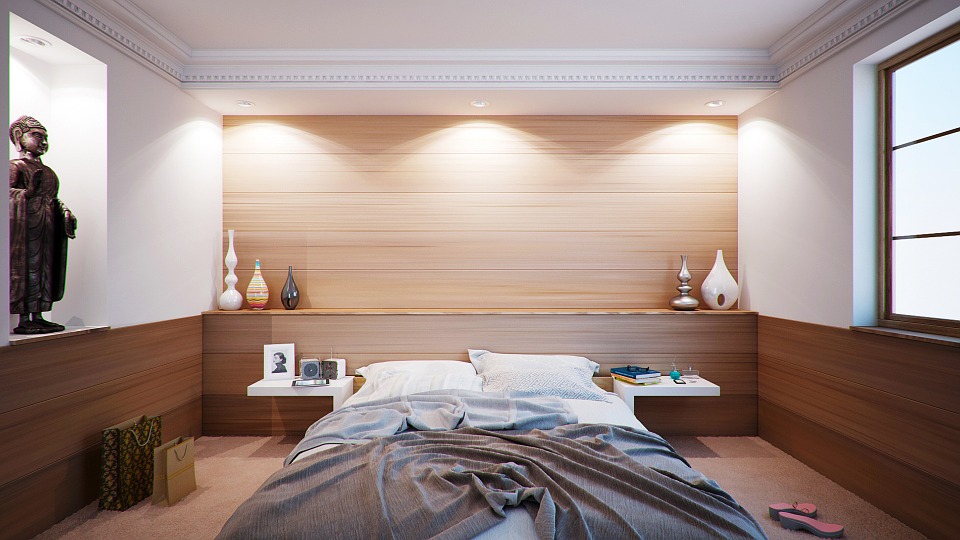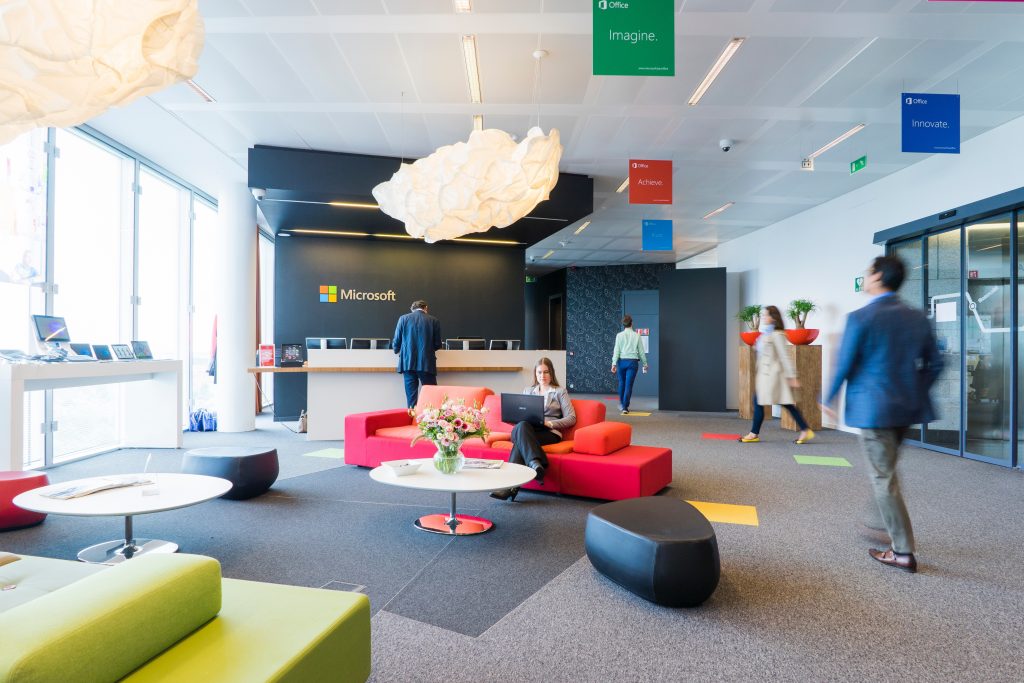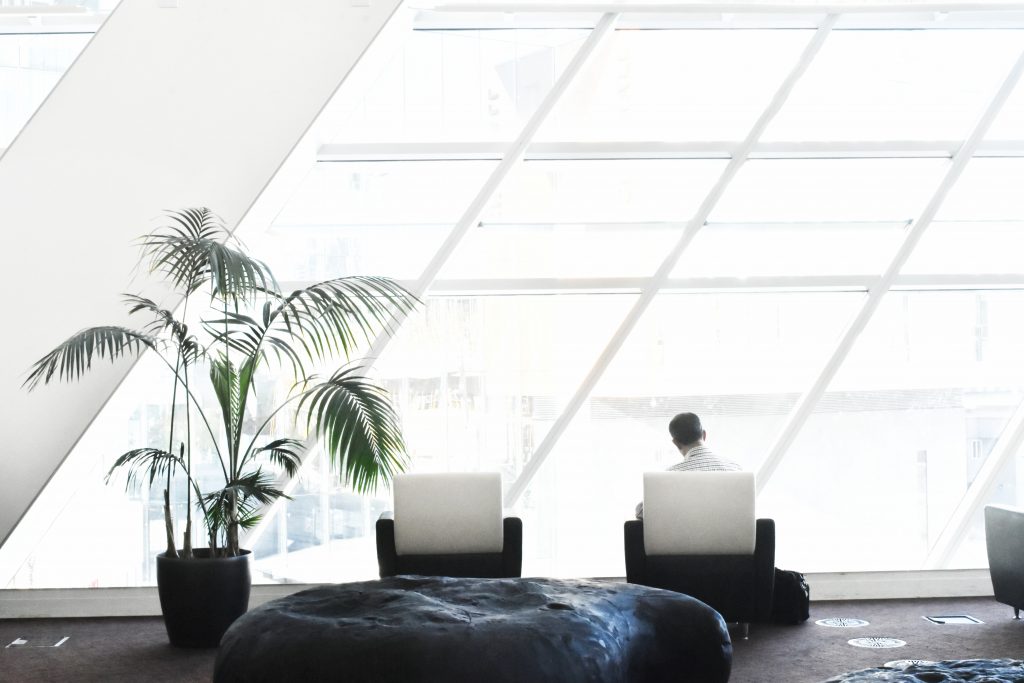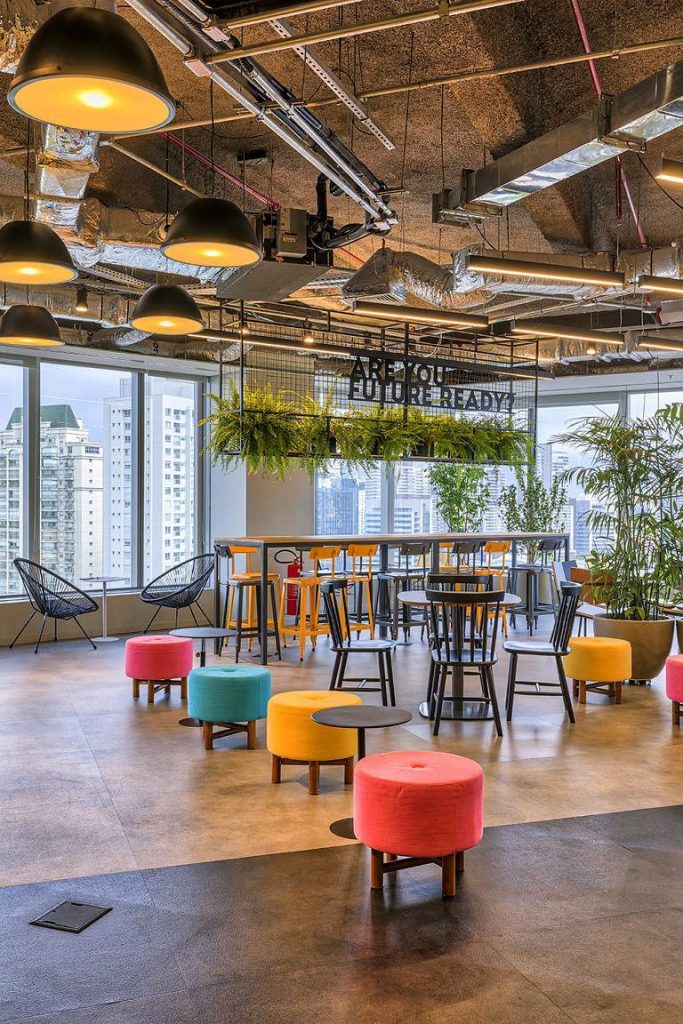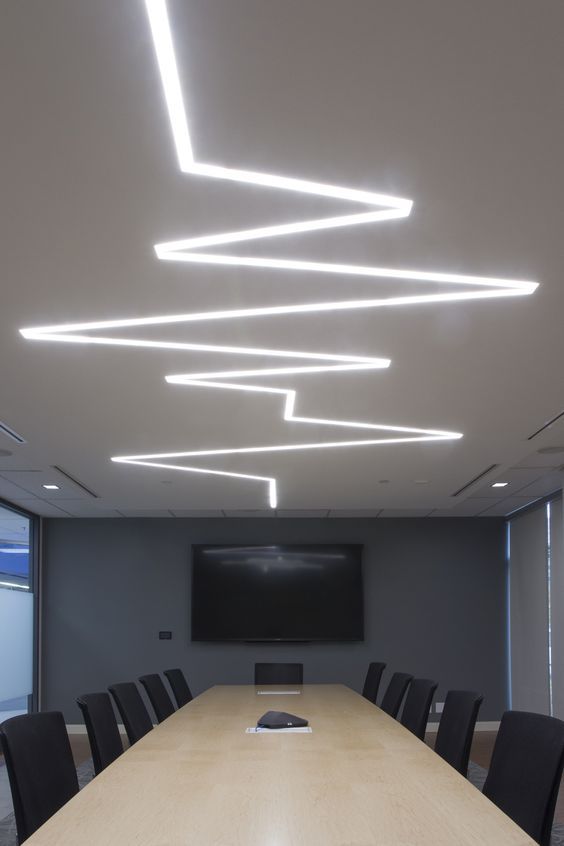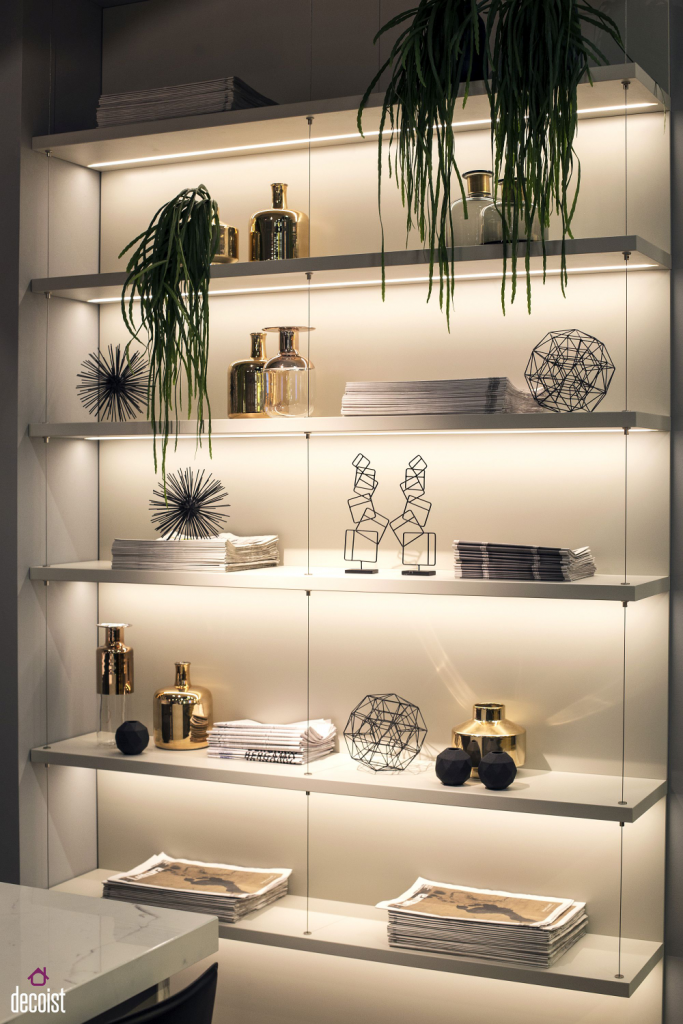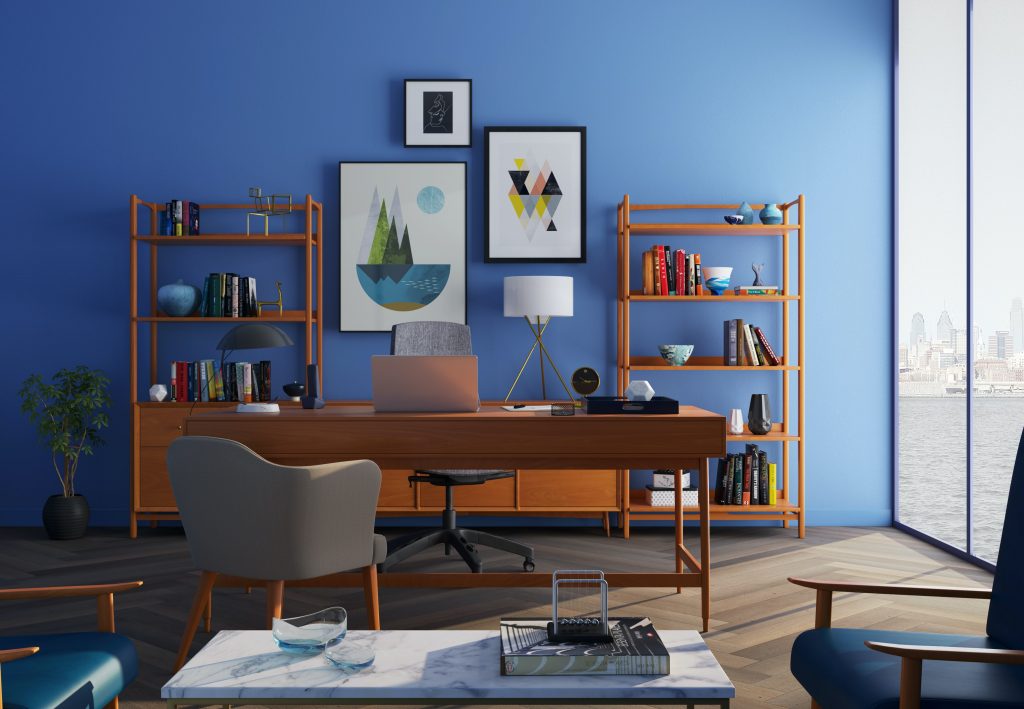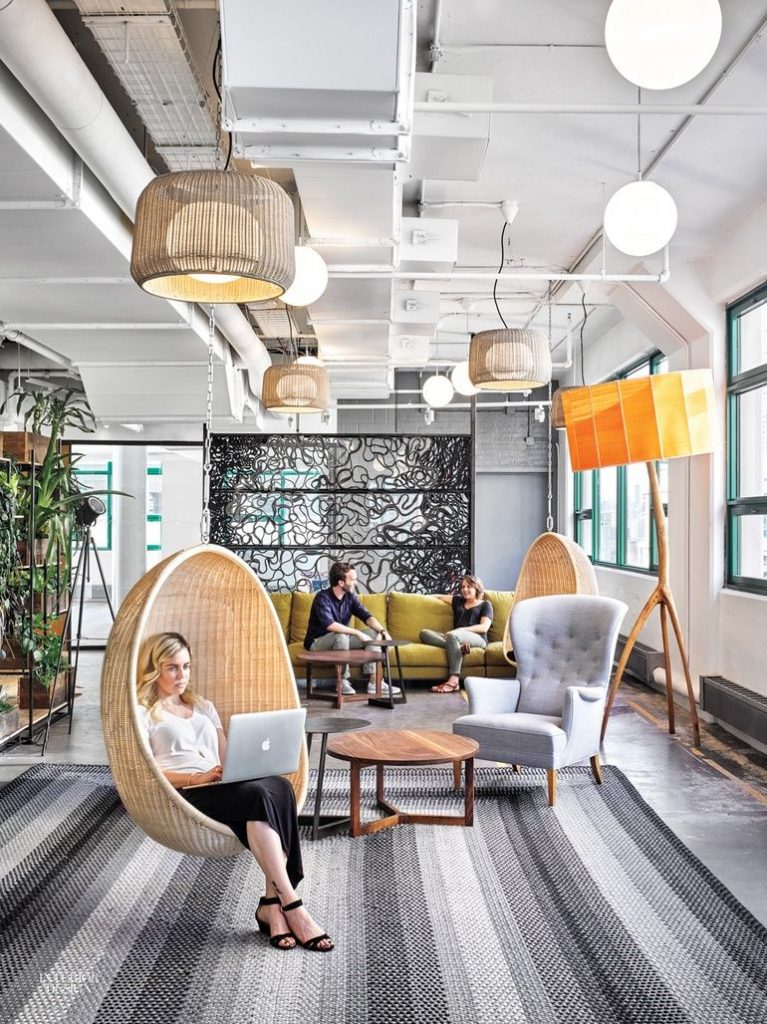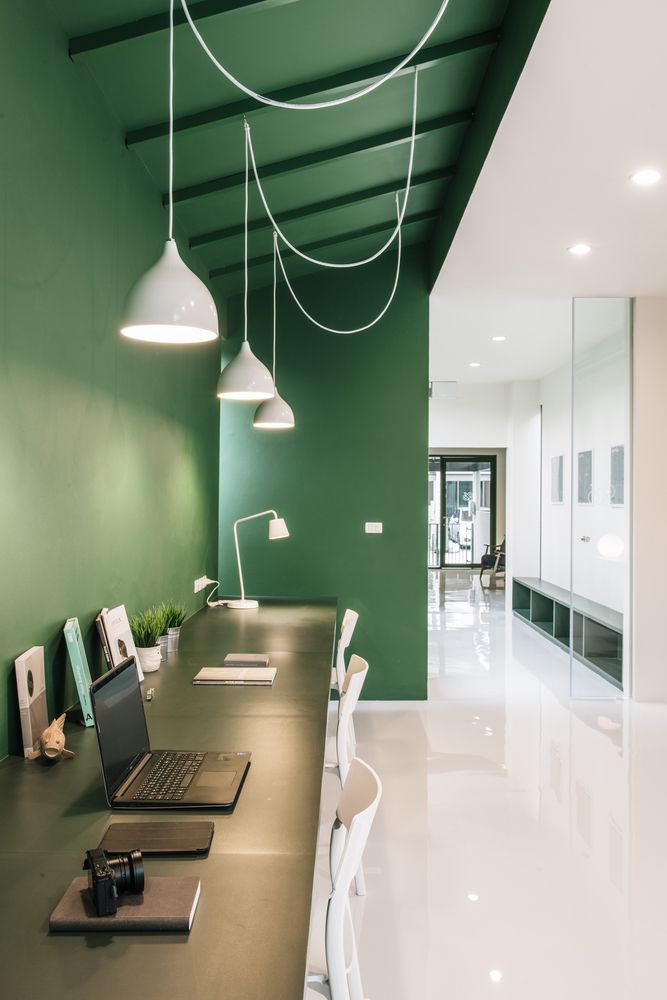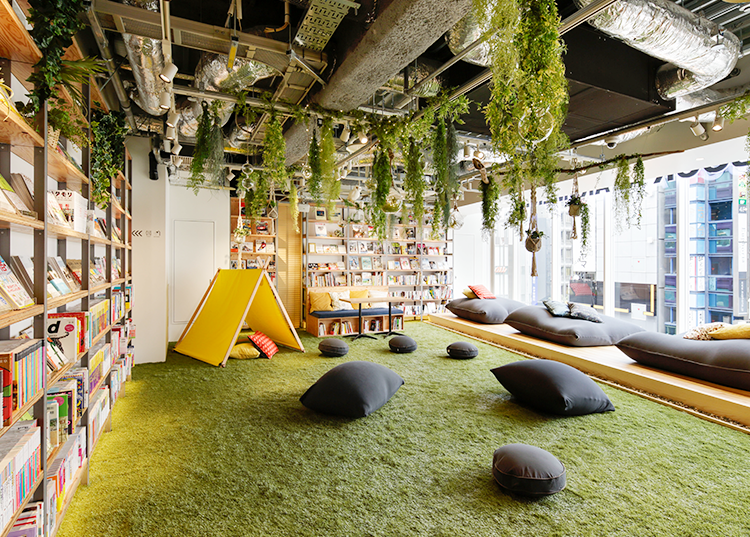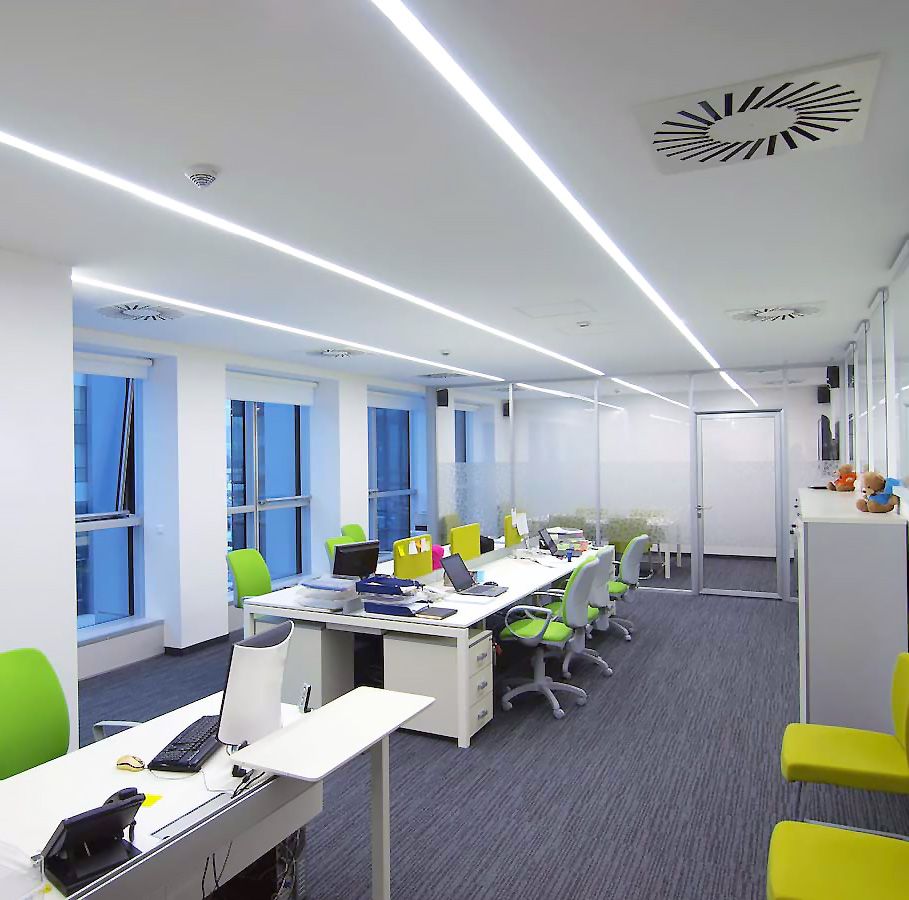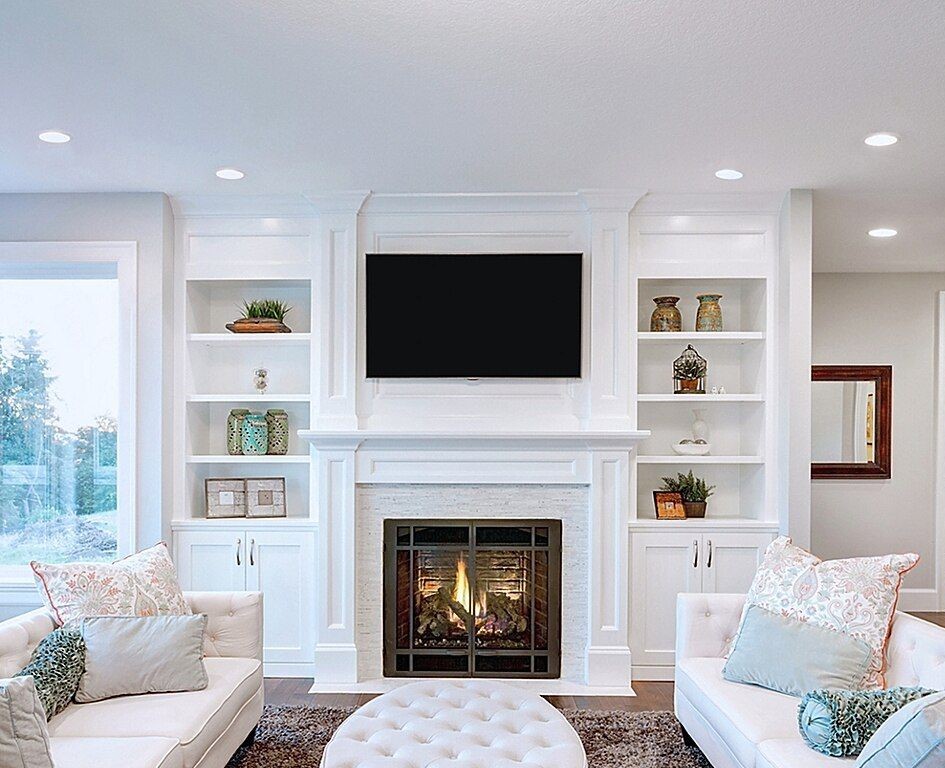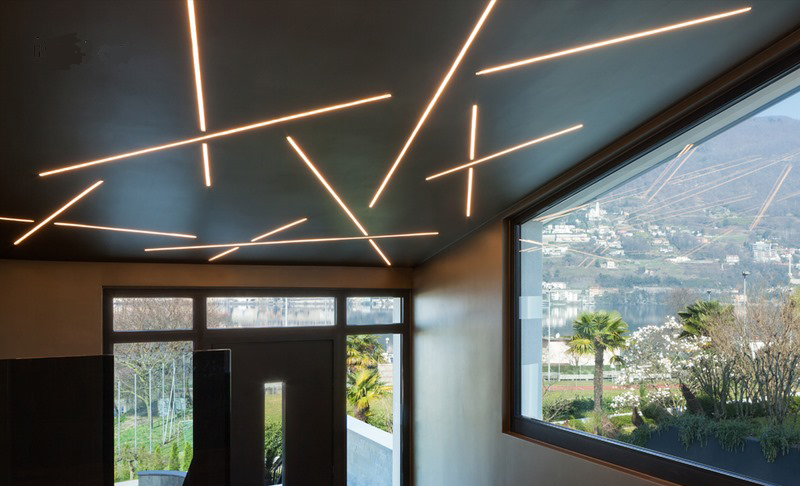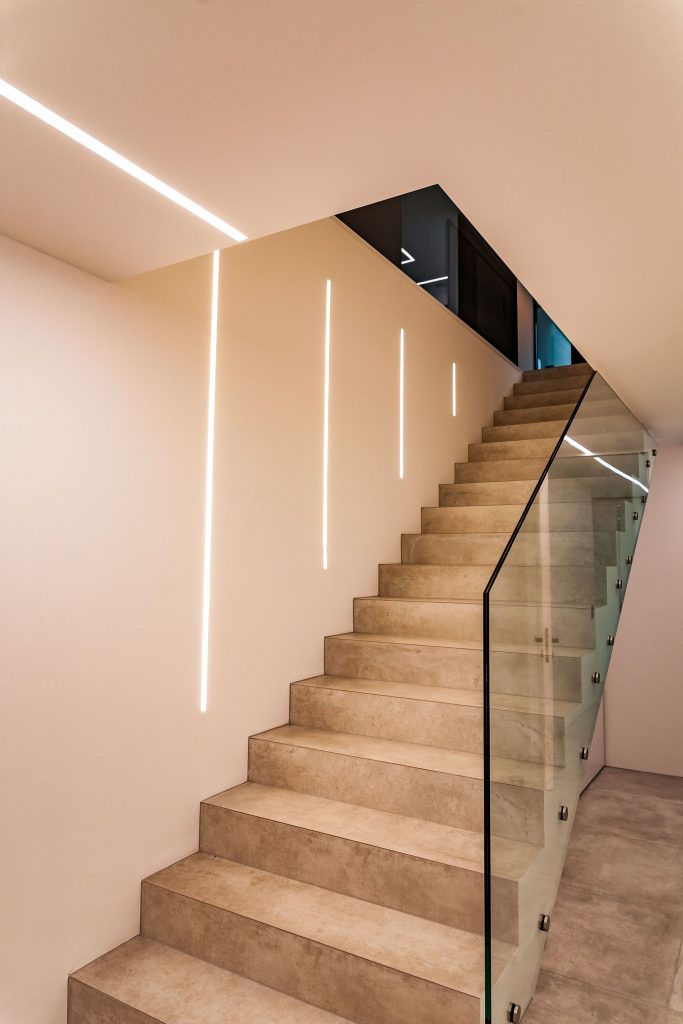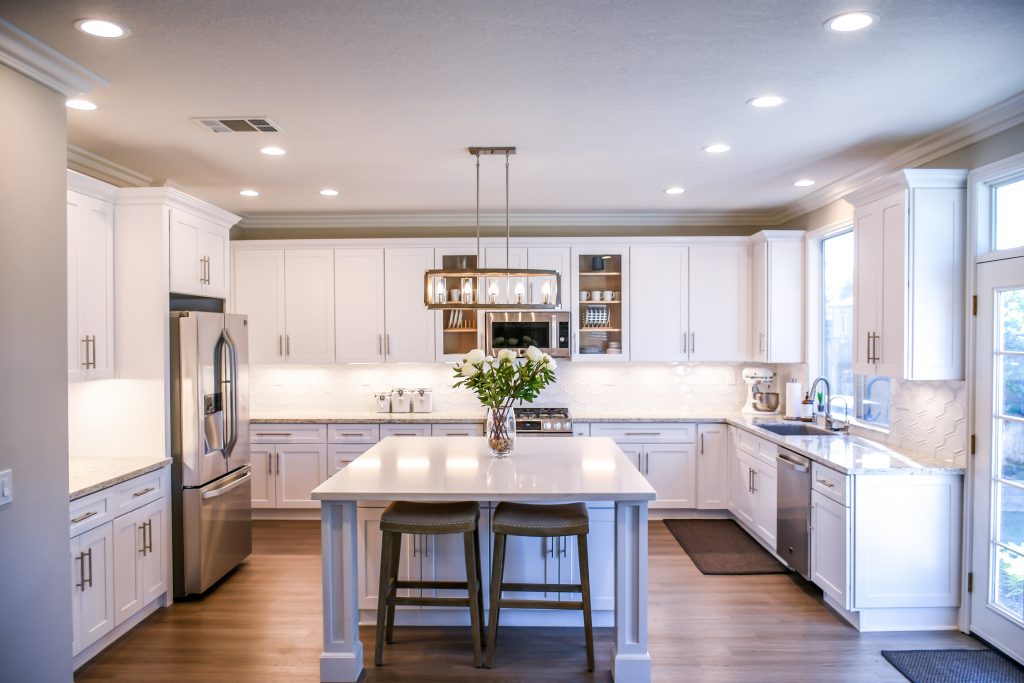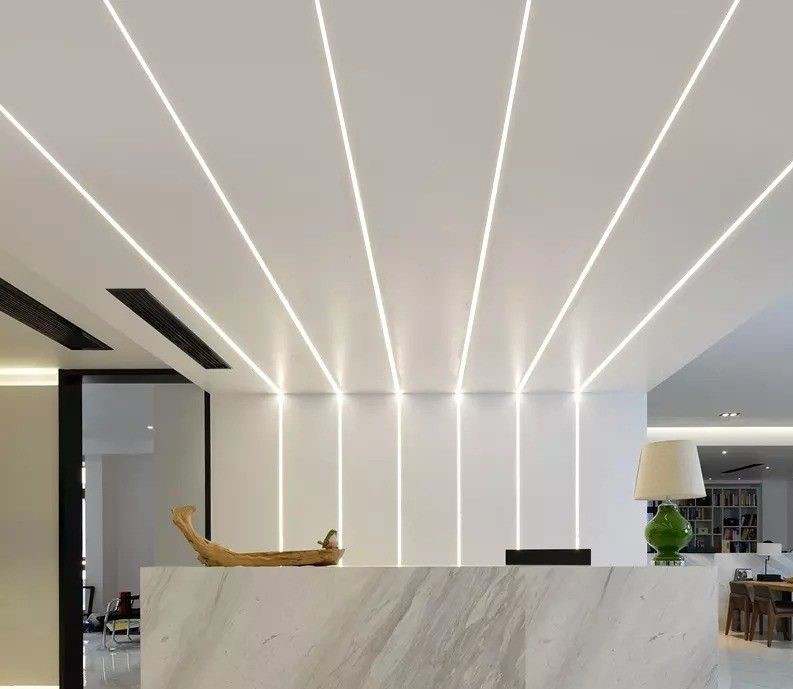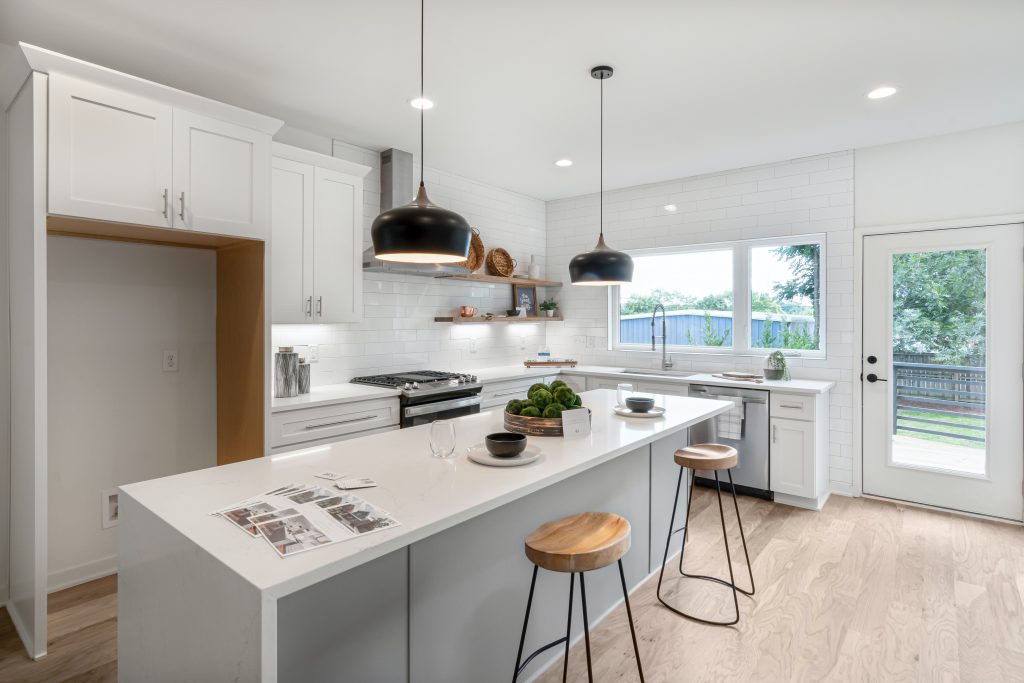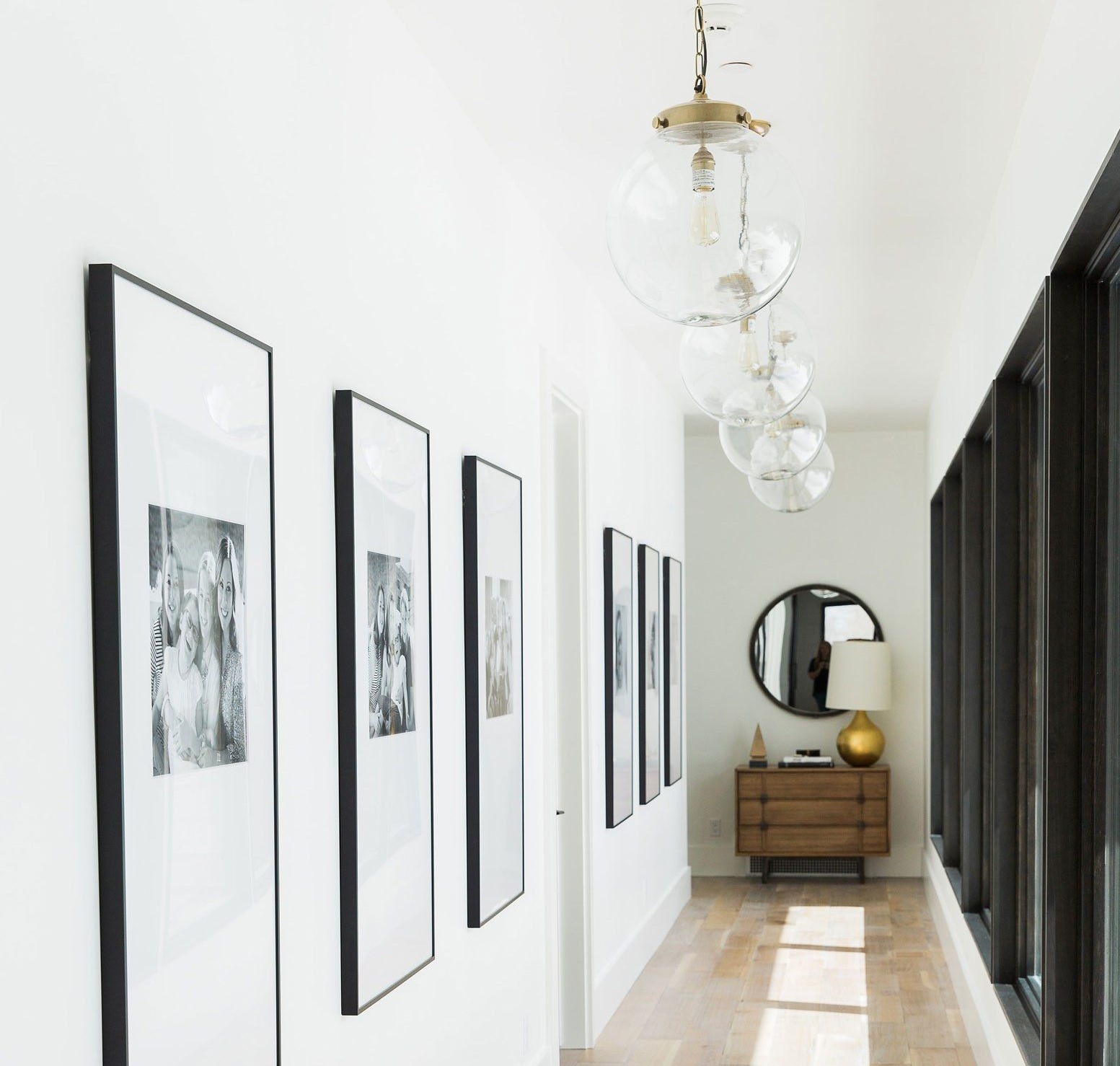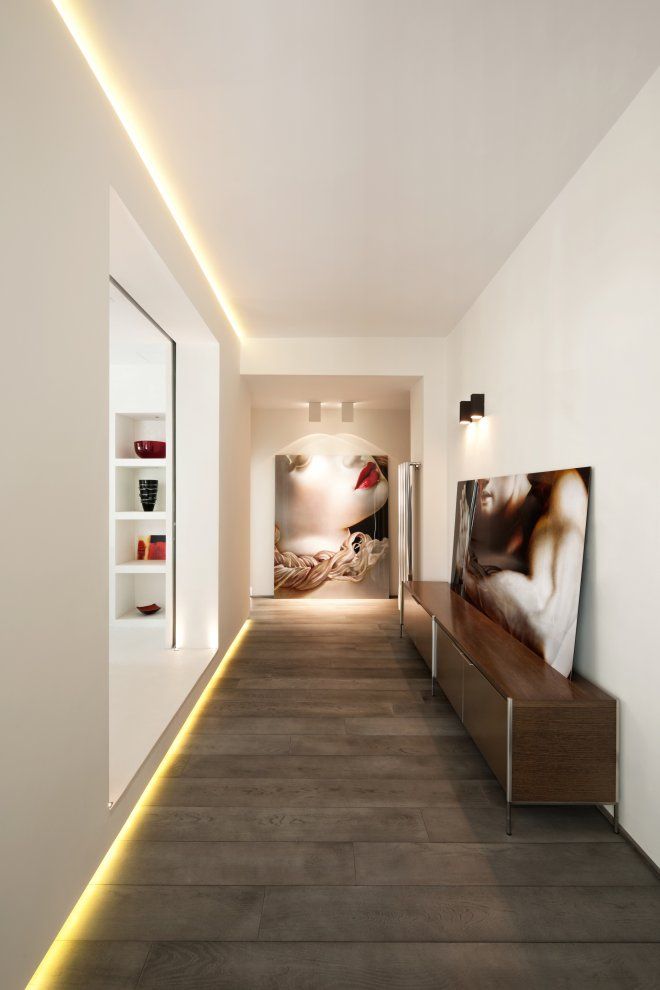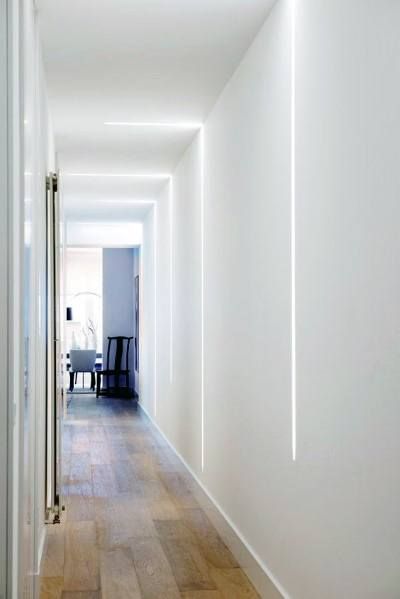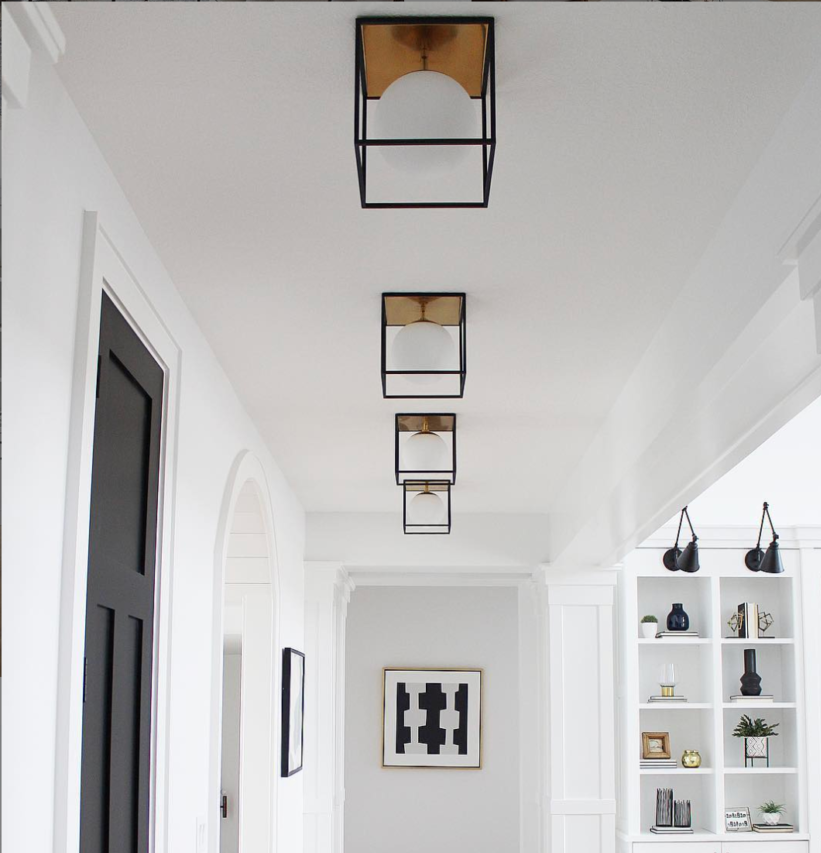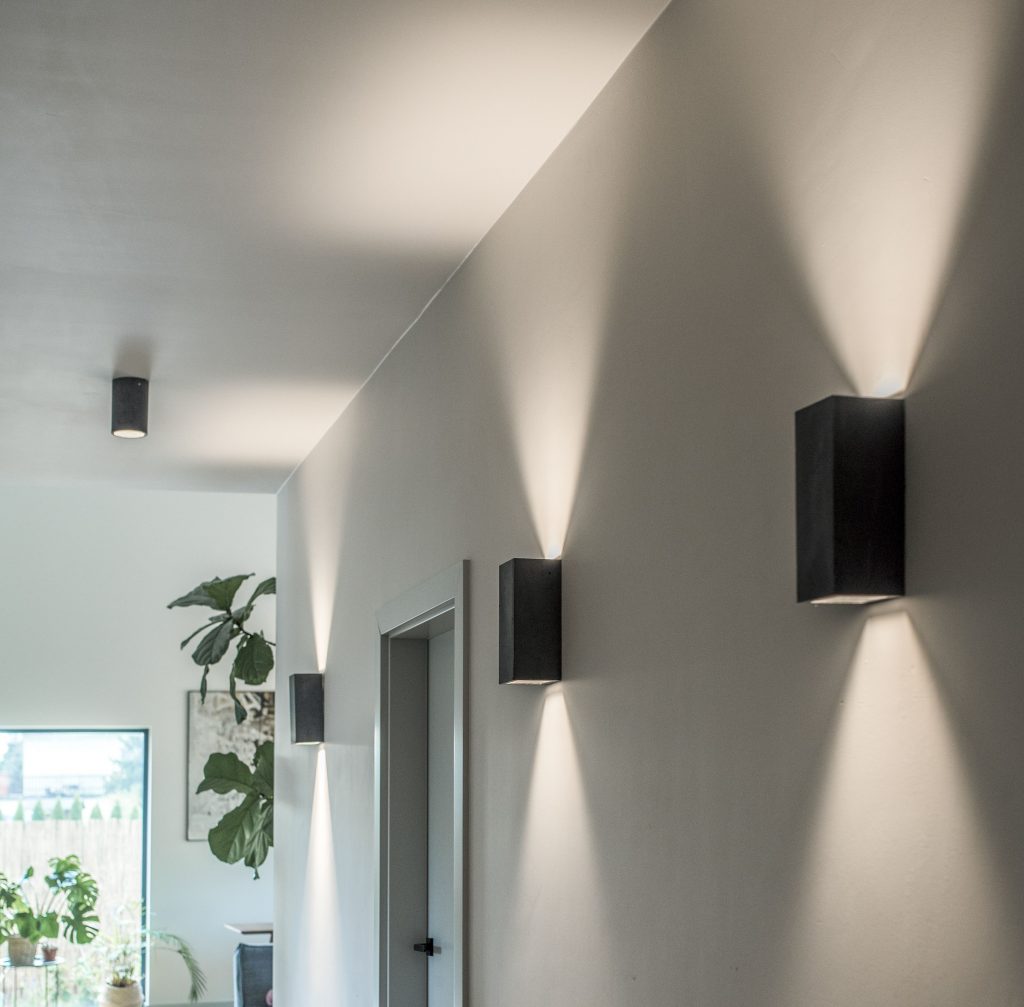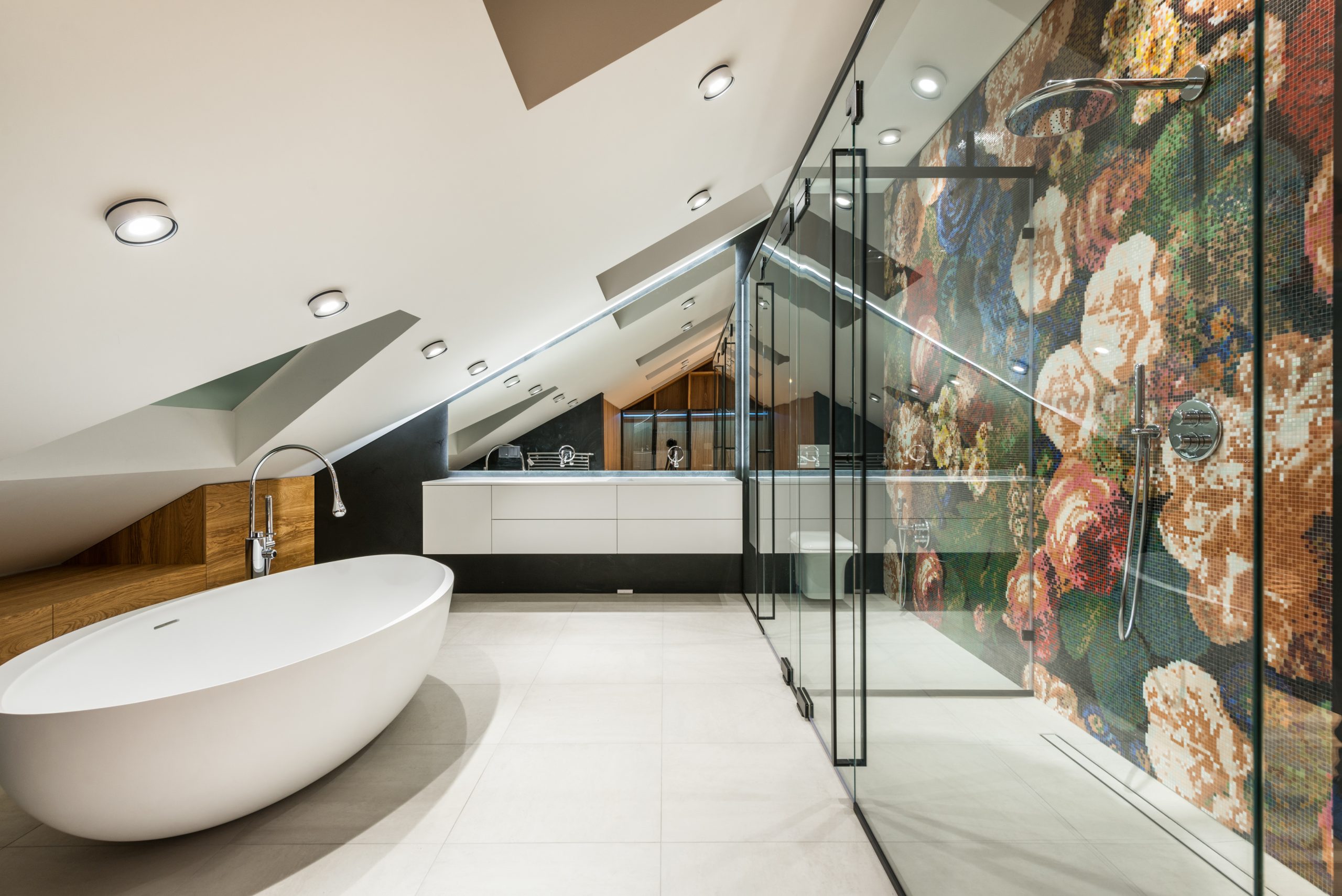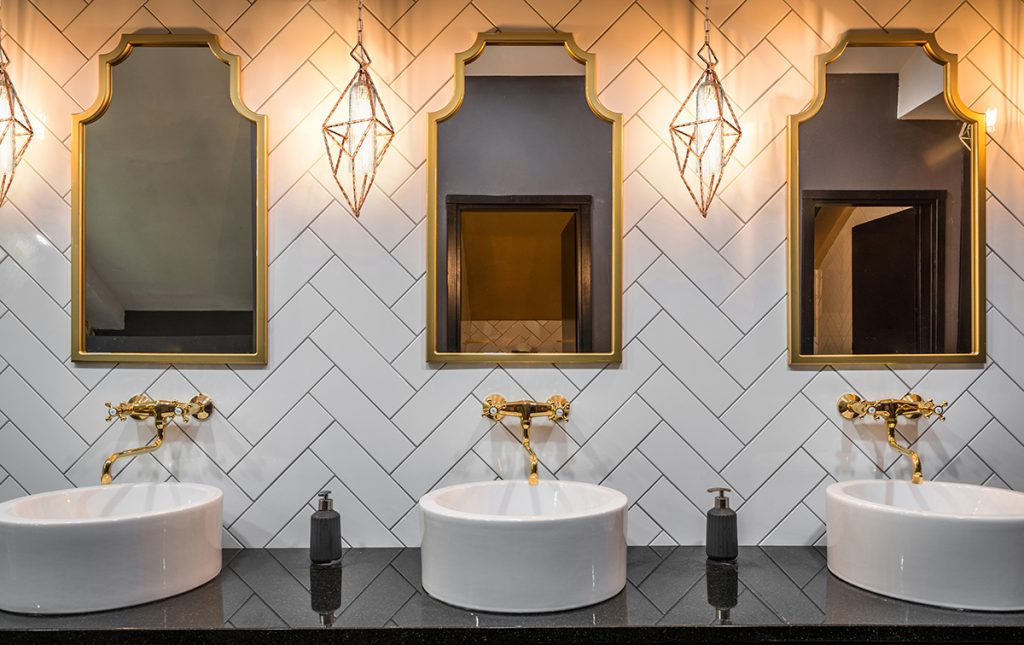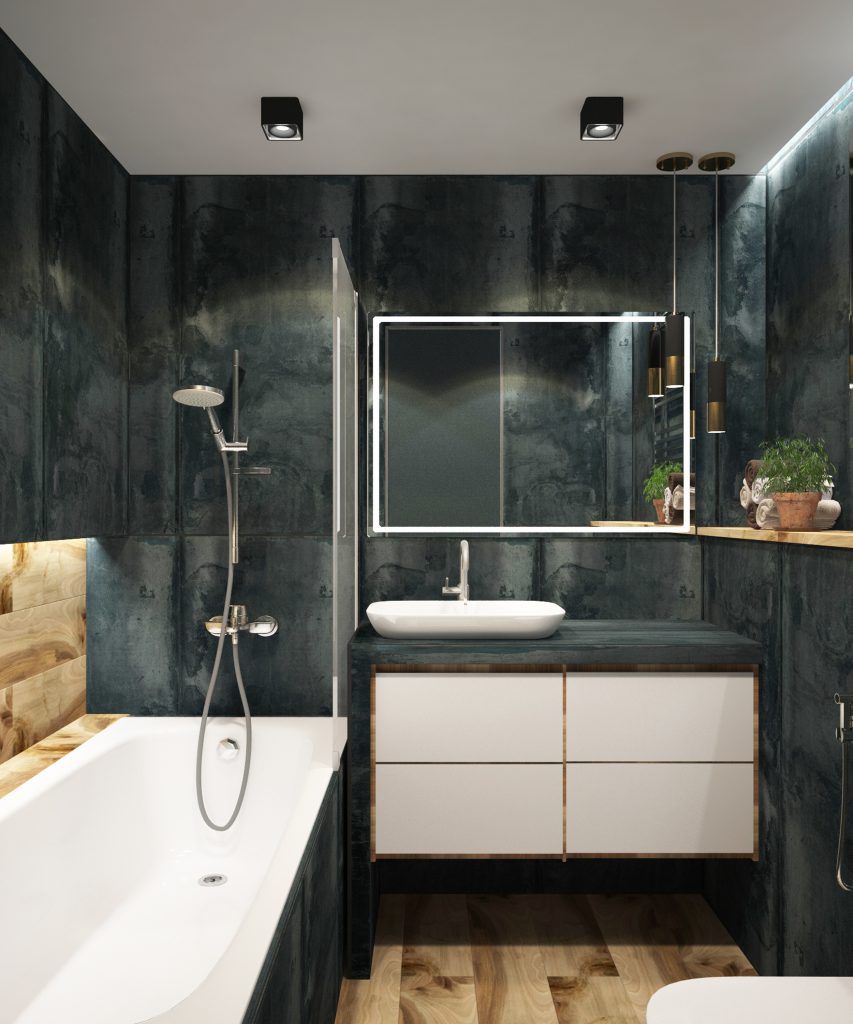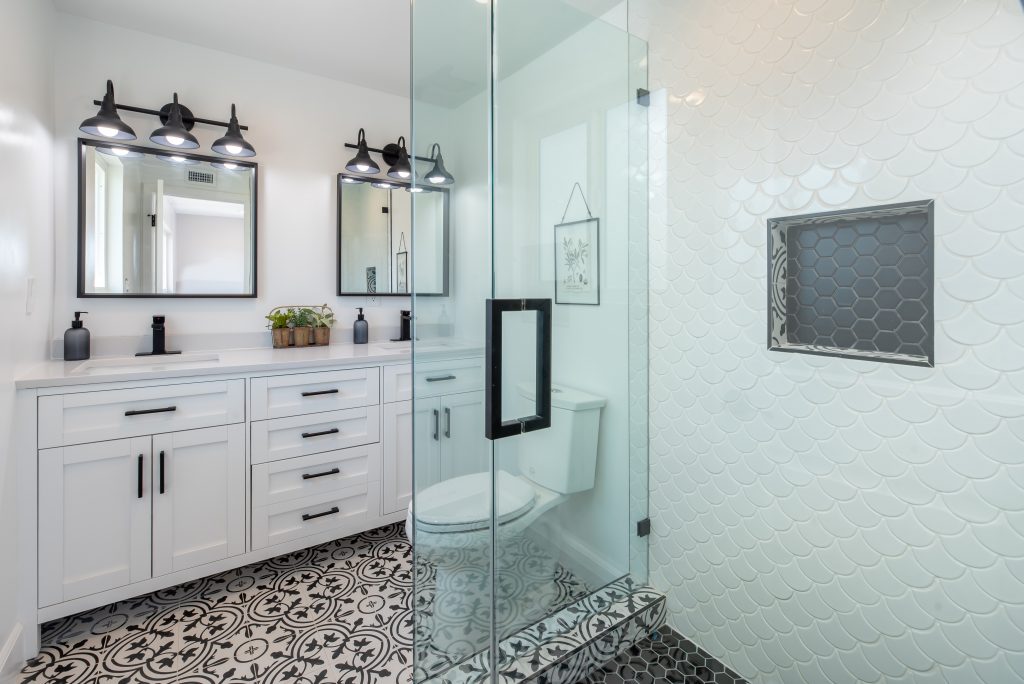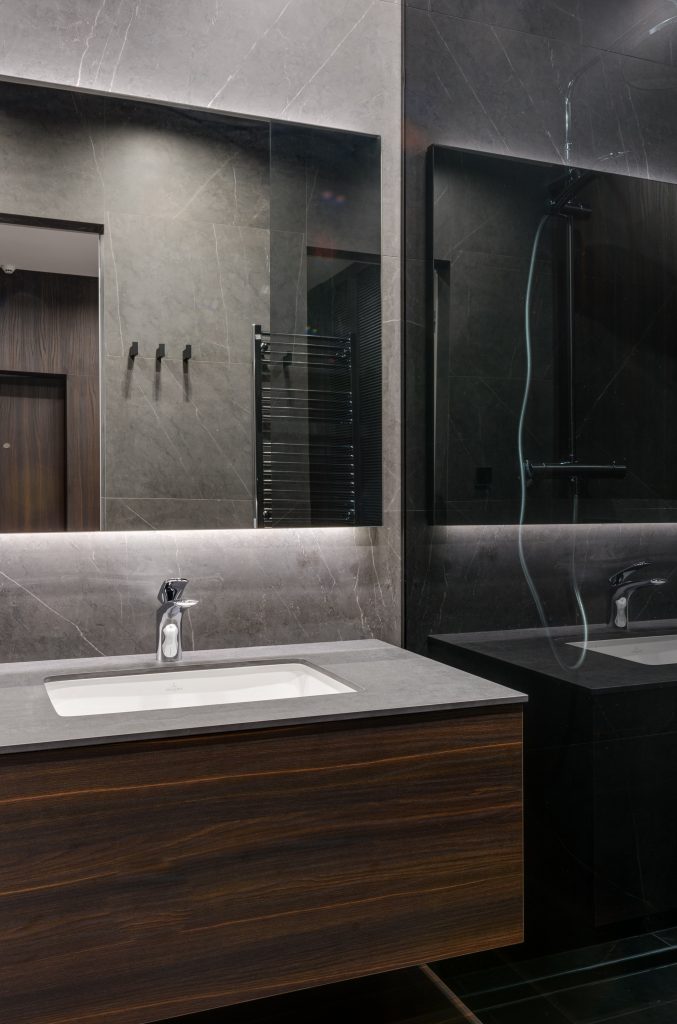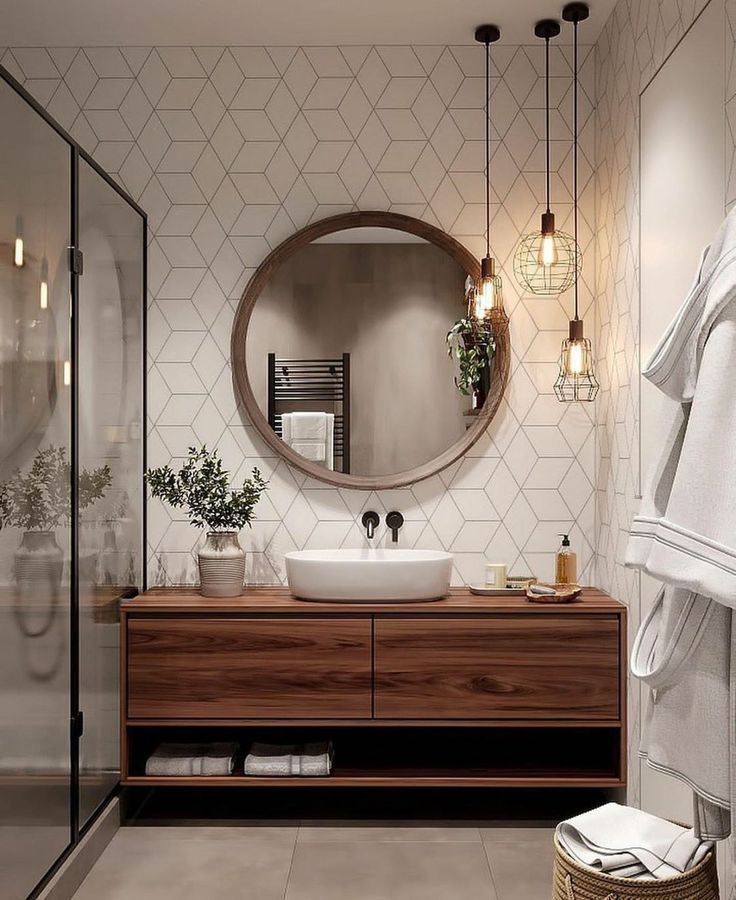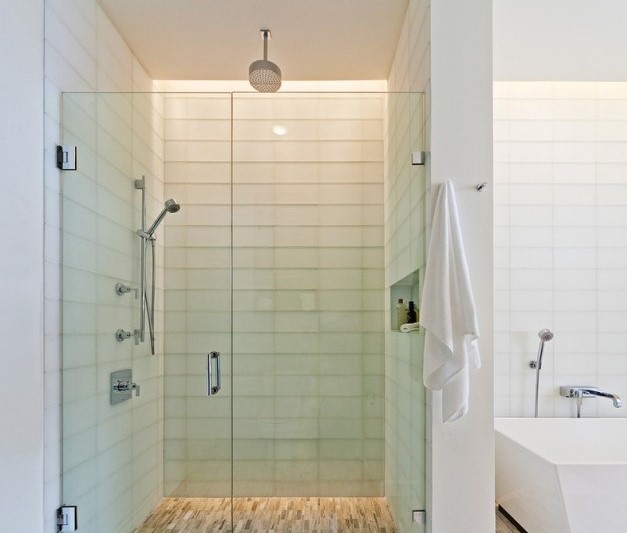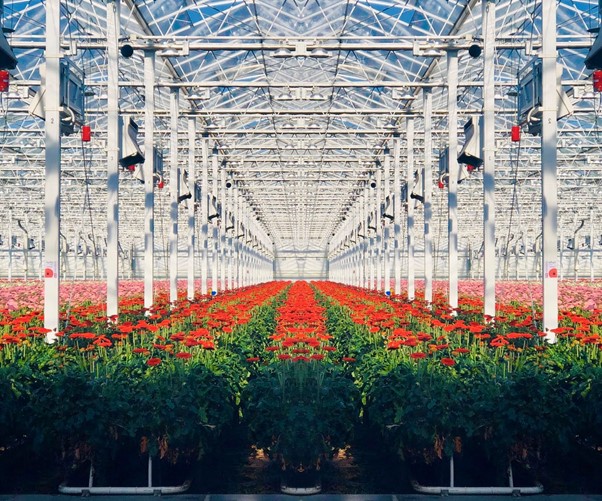
Producing more with less energy
In recent years, many farmers have opened their doors to LED for their agricultural lighting. Although the commercialization of LED technology is relatively new, it is already considered by many as the alternative of choice to traditional lights. The growing popularity of this type of lighting can be seen among farmers to improve their energy efficiency and production. With the size of farm buildings, the cost of energy consumption for lighting is a significant expense for farmers.
Indeed, the main advantage of LED lighting is of course the energy saving. Although LED lighting products are more expensive, the savings on electricity costs are not negligible. If we compare this kind of lighting with traditional incandescent bulbs, the energy saving with LED lighting is about 70-90%. In addition, another advantage of this type of lighting is the durability of the products. LEDs last on average 15 times longer than traditional light fixtures. Therefore, it is certain that LED lighting costs more, but the longevity of the products and their low energy consumption generally pay back the investment very quickly.
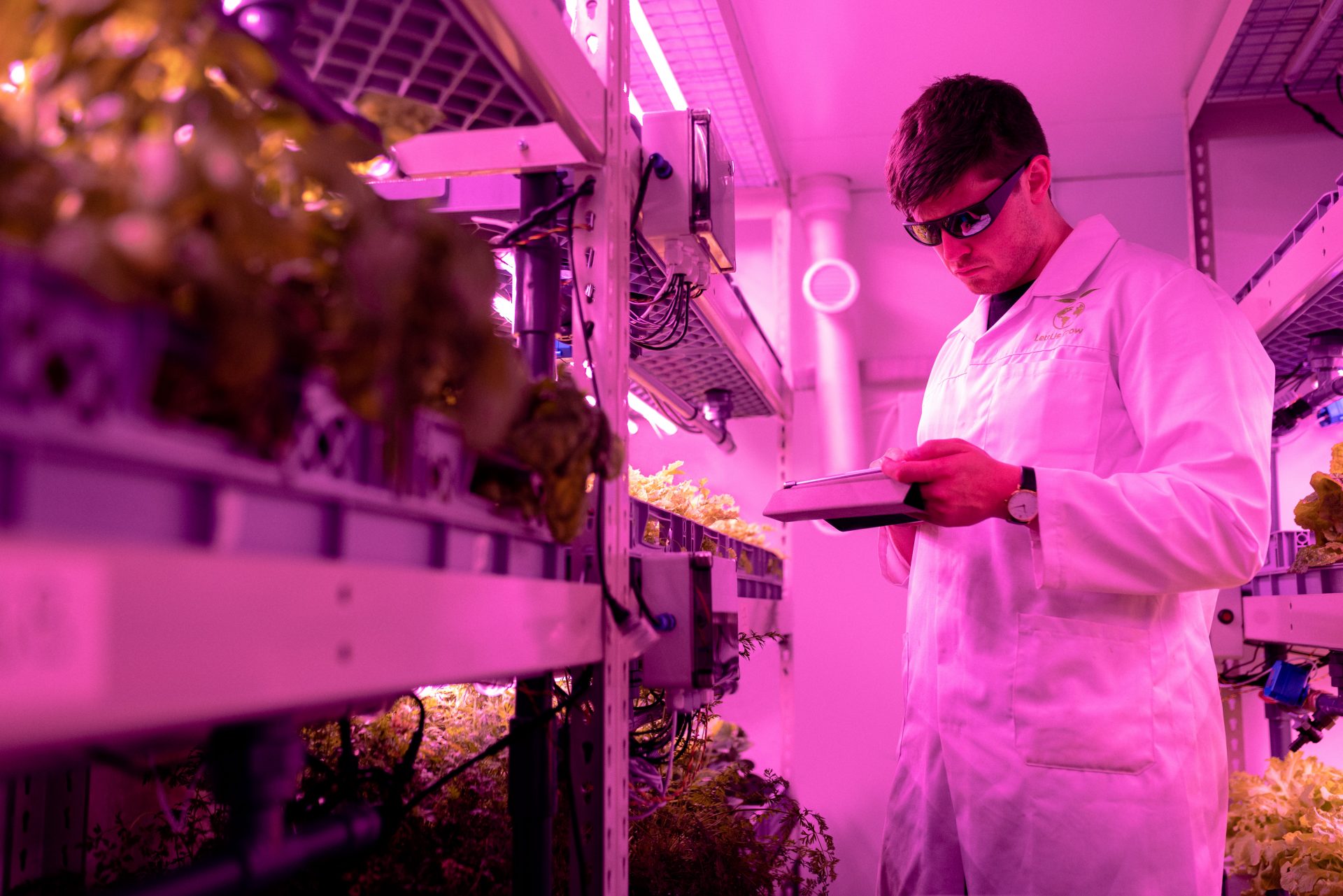
Control of the photoperiod
Photoperiod is the ratio of day to night duration and is the most important environmental factor in synchronizing physiological changes in animals. In other words, the photoperiod plays a determining role in the reproductive cycle of animals. With the help of LED lighting it is now possible for farmers to reproduce natural light and automate it in their buildings. This way, it is easy to ensure that the animals are exposed to the perfect amount of light and darkness during the day. It is even possible to literally simulate sunrise and sunset!
For example, research has shown that lactating dairy cows exposed to 16 to 18 hours of light (150 to 200 lux) and then 6 to 8 hours of darkness increased their milk production by 8 to 10%. In order to still be able to work in the barn while the cows are sleeping, red LED lighting is sometimes used, as this light is slightly detected by the cows and then allows workers to move around safely, without having to disturb the animals’ sleep.
The importance of agricultural lighting for greenhouse production
Canada is exposed to little natural light throughout the year. Especially in winter, this lack of ambient lighting is affecting greenhouse production. Currently, many greenhouses are lit with high pressure sodium lamps or HPS lamps. This type of lighting is not optimal for greenhouse production, because these lamps consume a lot of energy, make it difficult to control the direction of the lighting and give off a lot of heat, which can damage plants that reach a height close to the lamp’s height. LED lighting would be a good solution for greenhouses, as LEDs give off very little heat, do not consume much energy and offer a lot of flexibility to light all areas. Canadian researchers have even found that certain types of light emitted by LEDs can even promote the health of plants!

Often, with the size of farm buildings, the cost of lighting is a significant expense for farmers, and they would have much to gain with the implementation of better and less expensive LED lighting. This new lighting technology offers many significant benefits to farmers and looks very promising for the future!
If you would like to learn more about how LED lighting can help your farm business, contact us and we will be happy to help!

